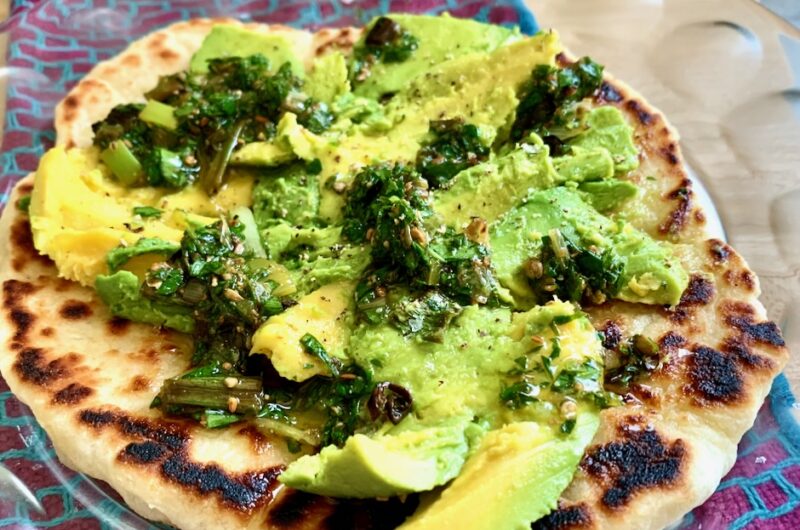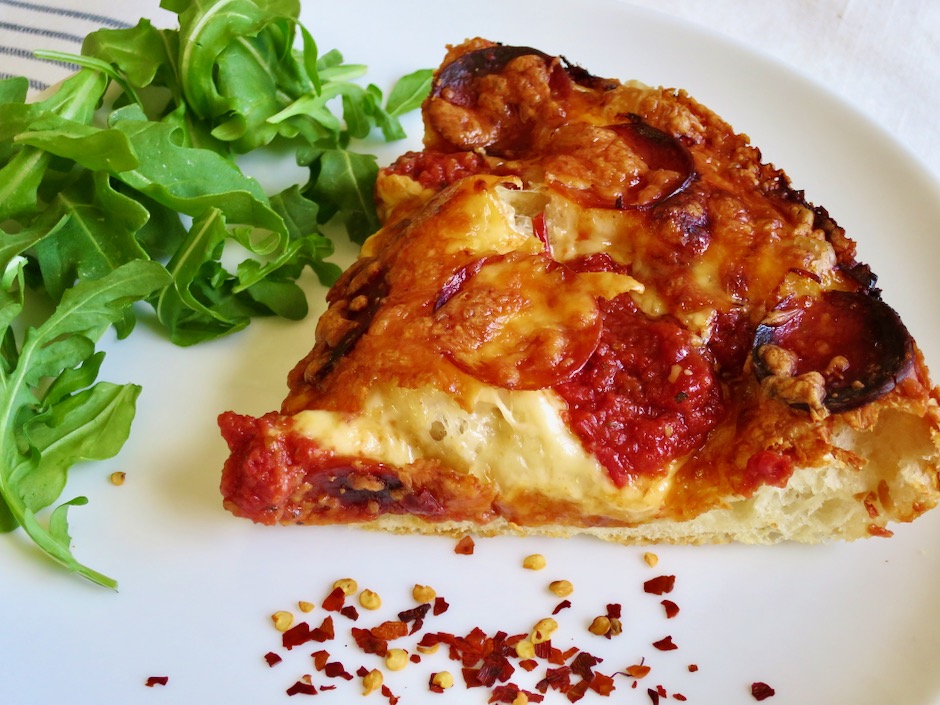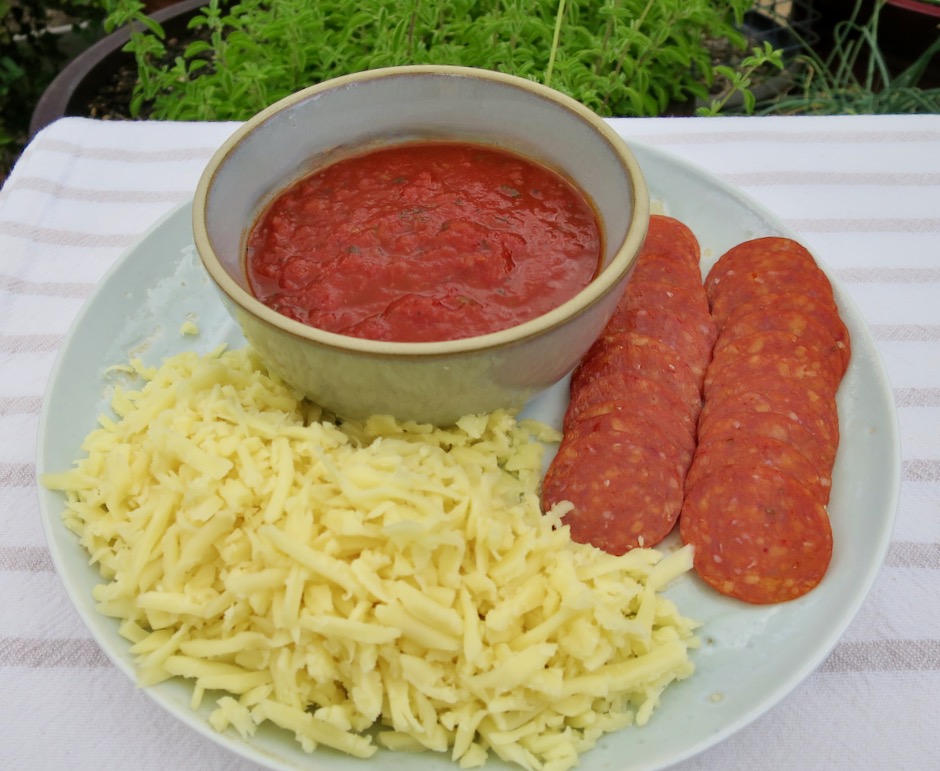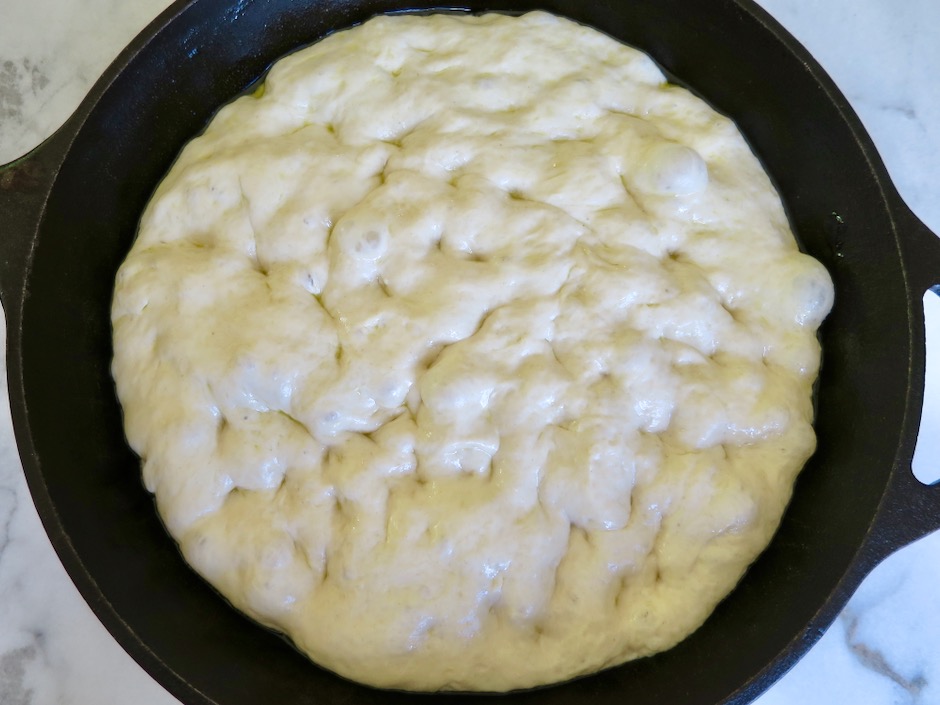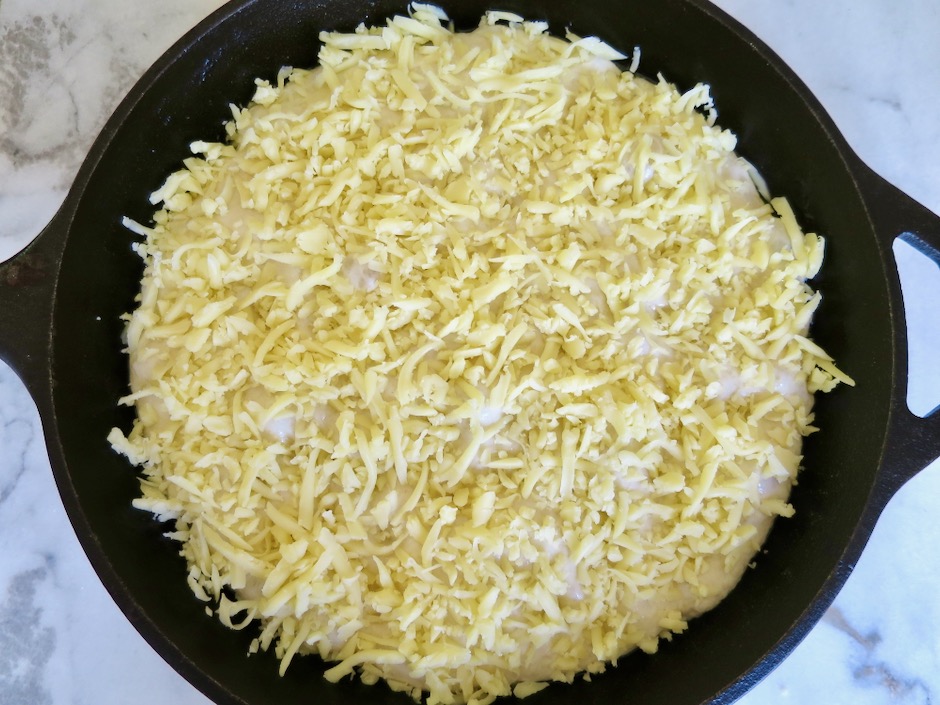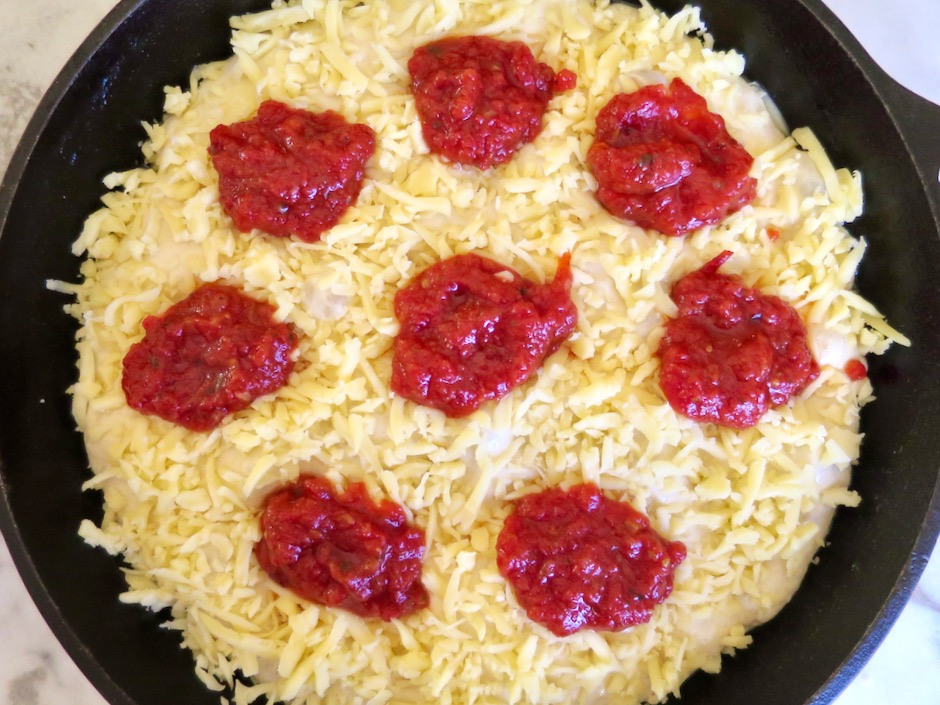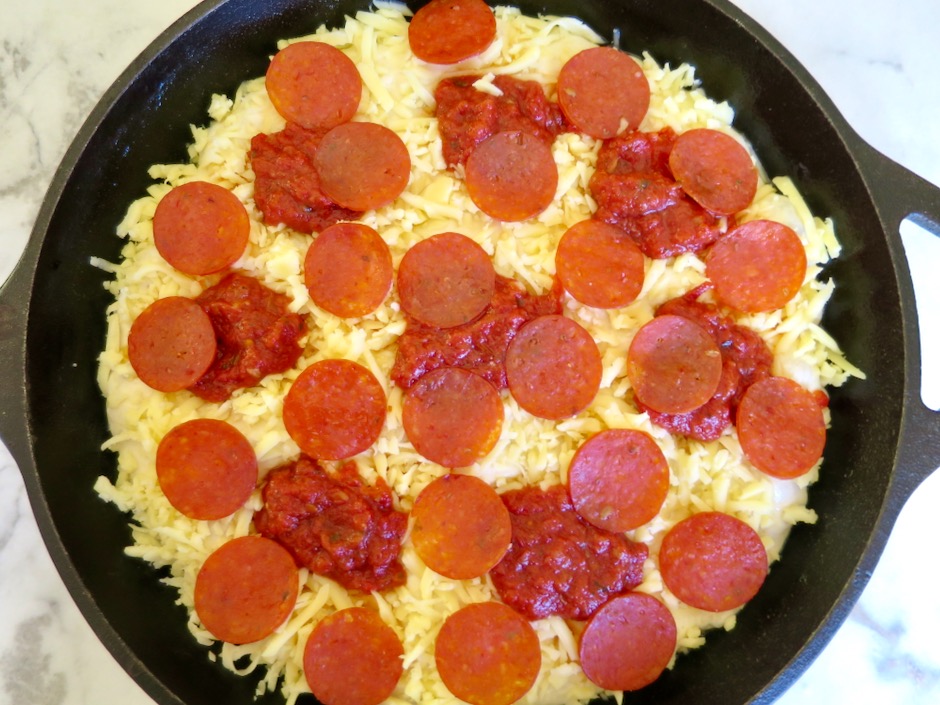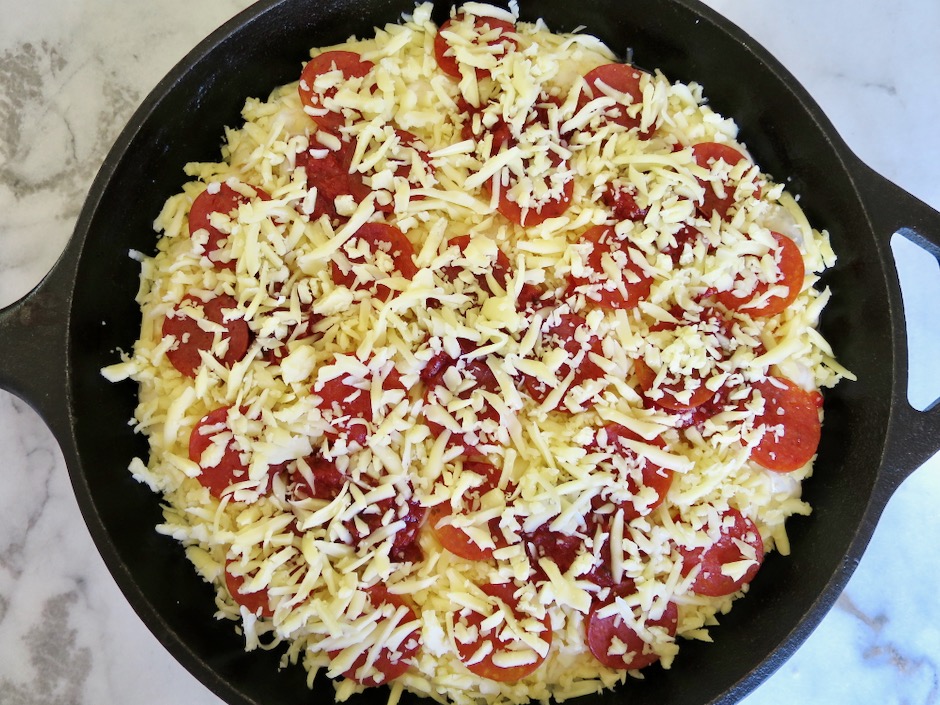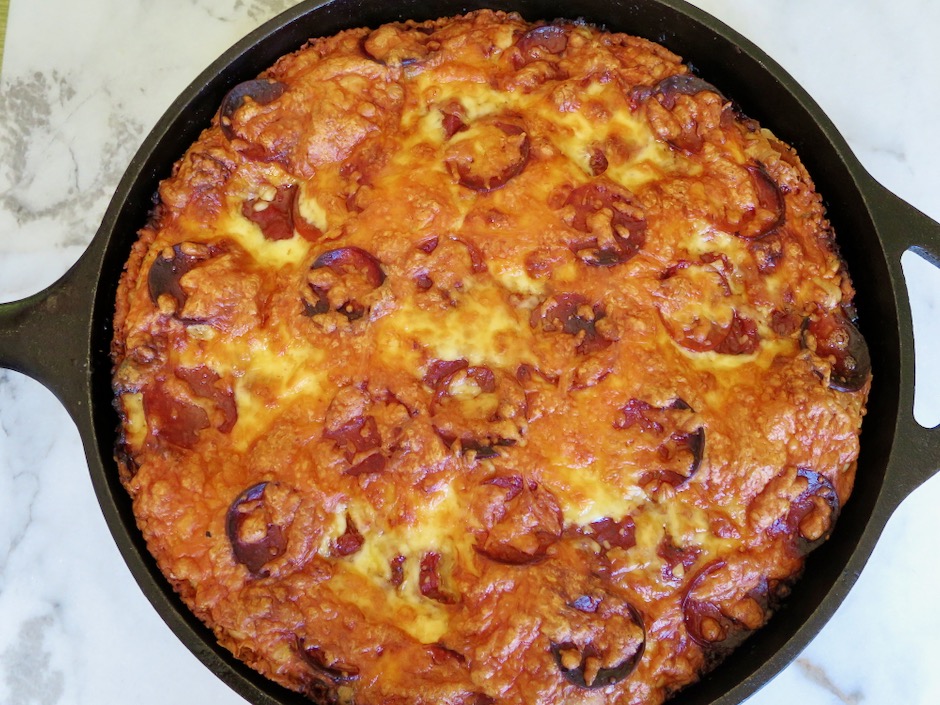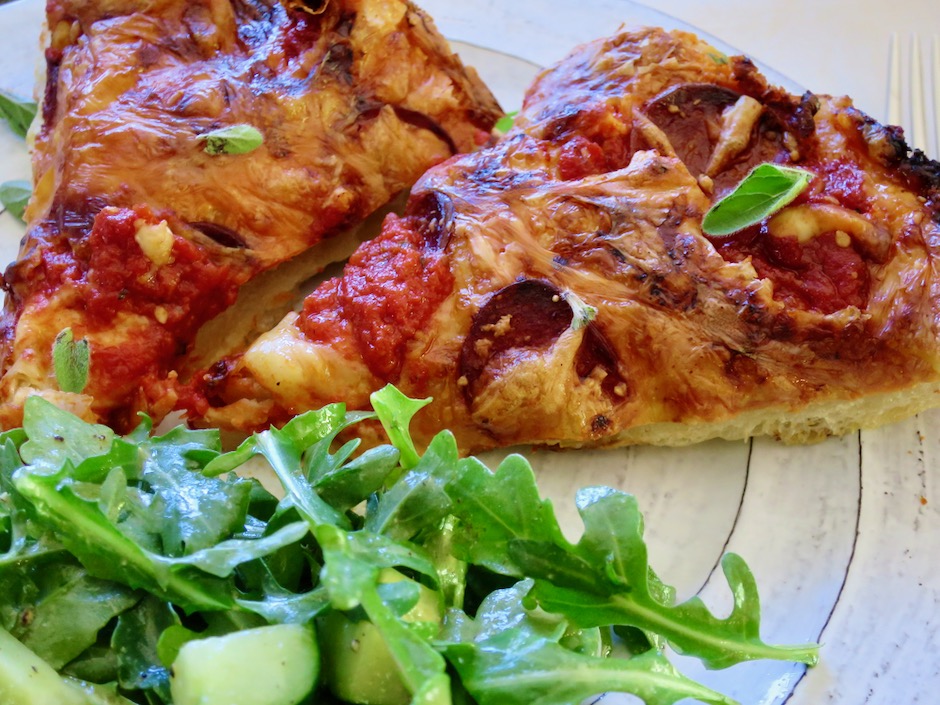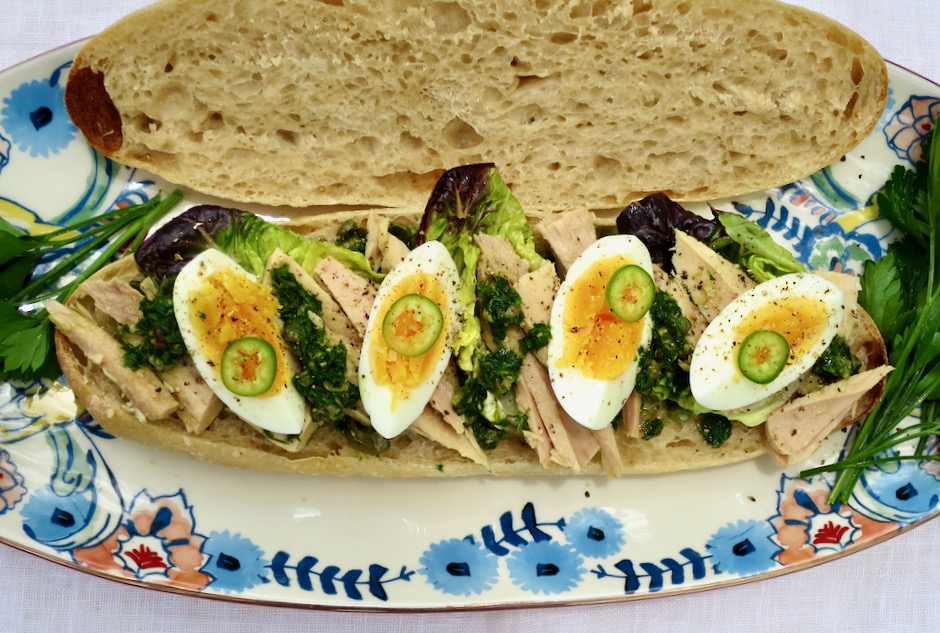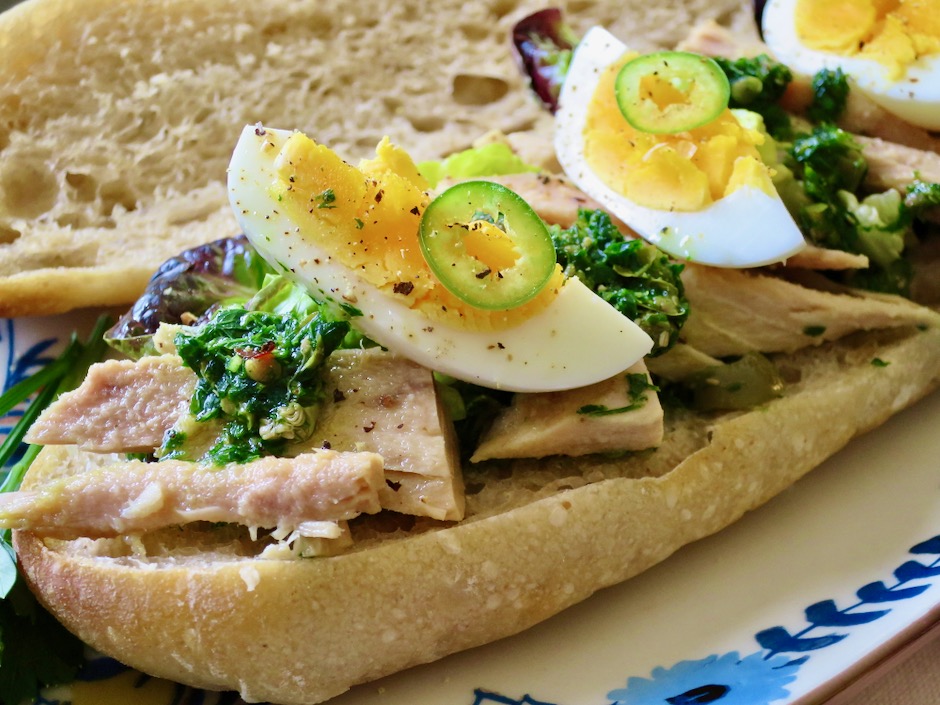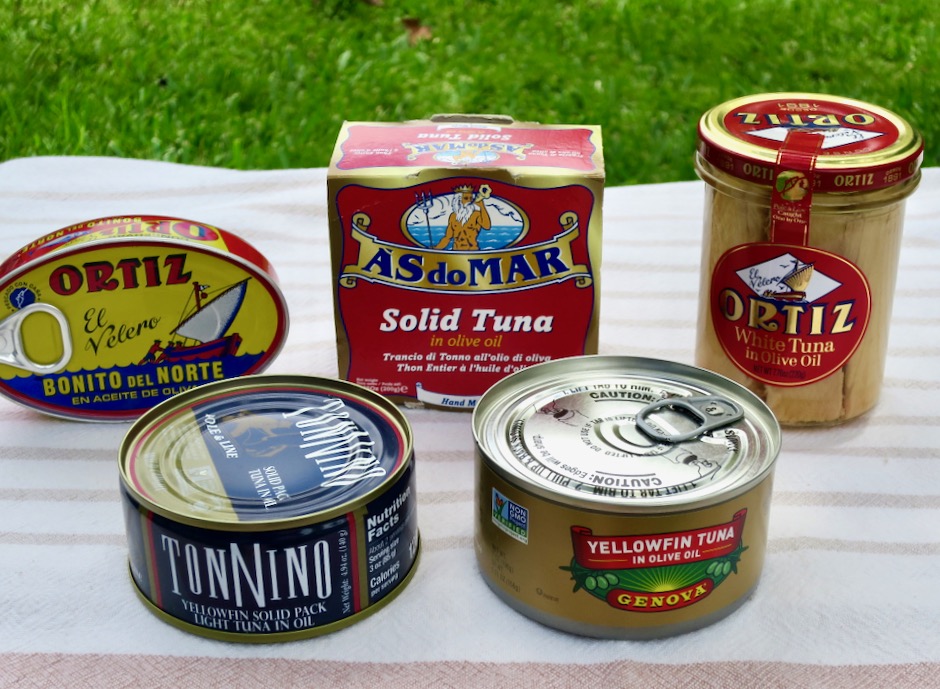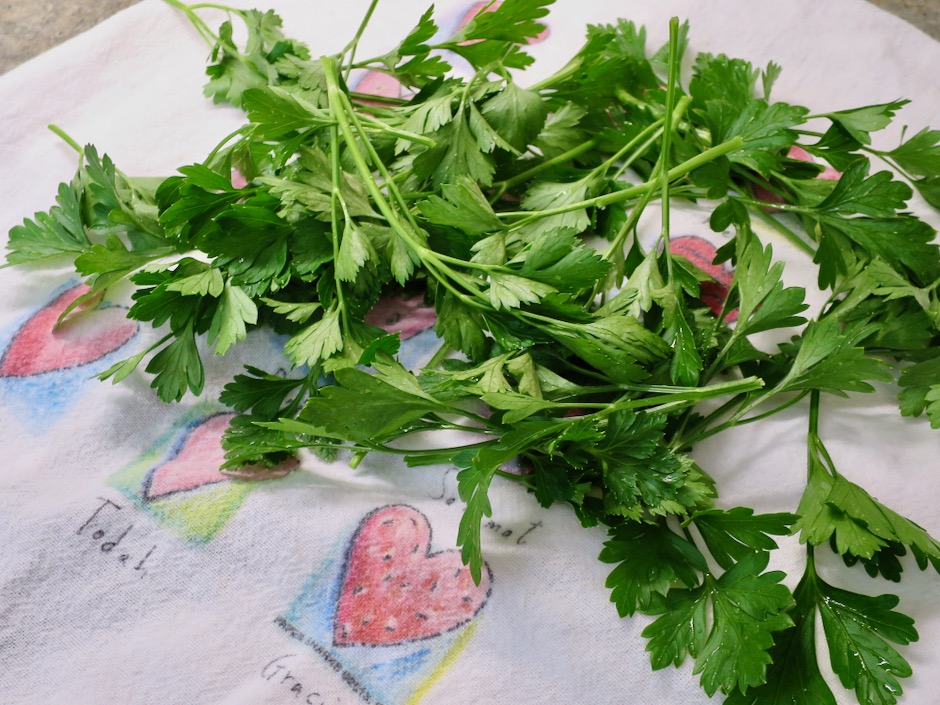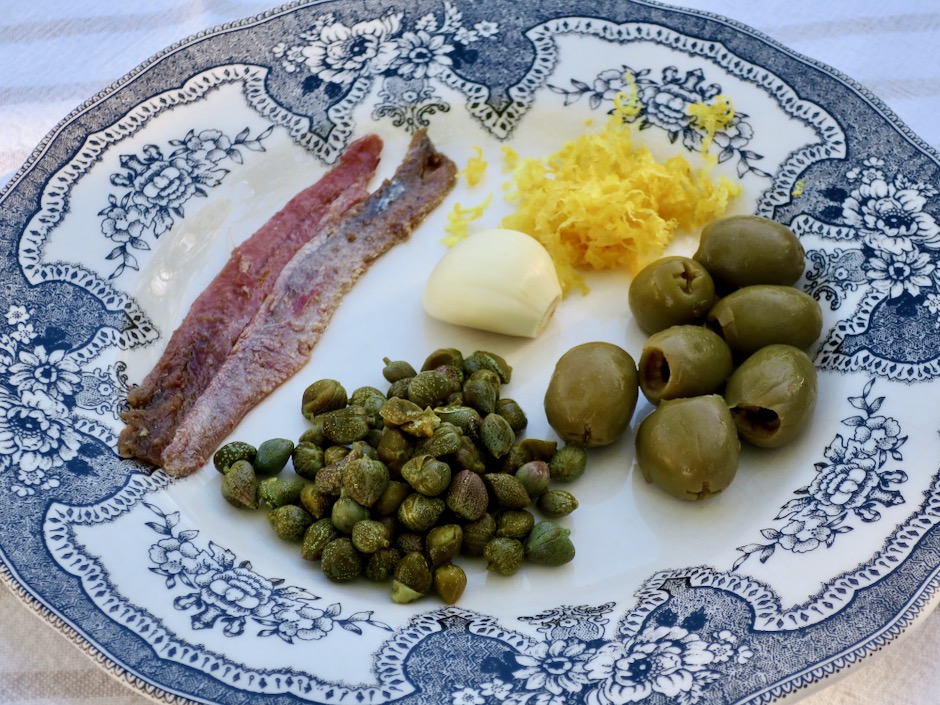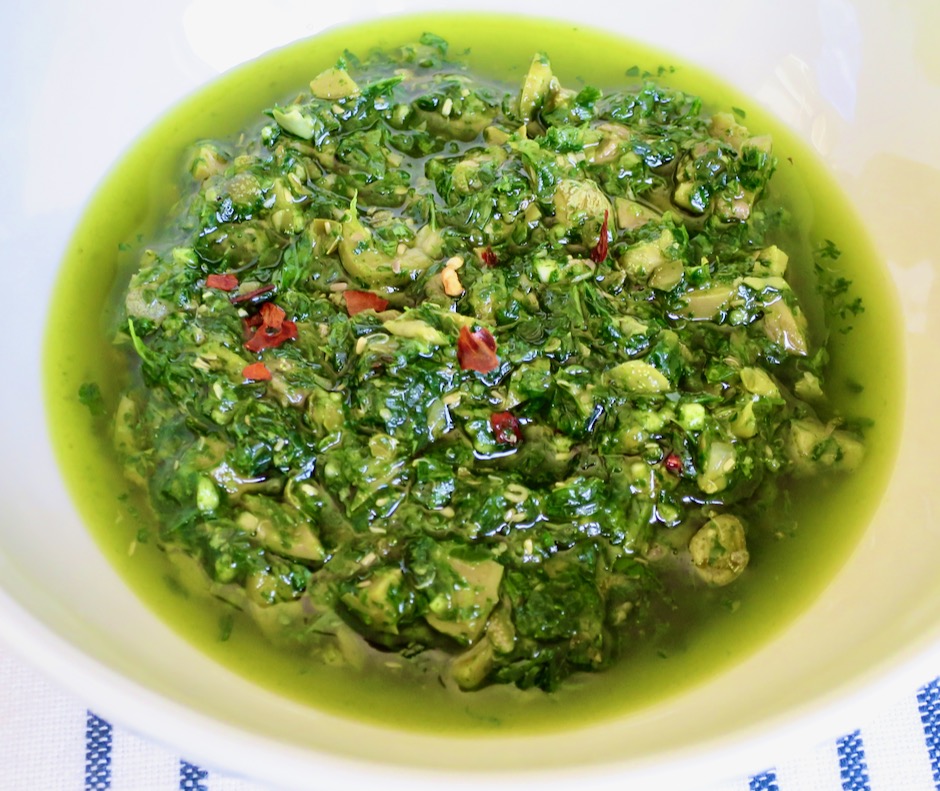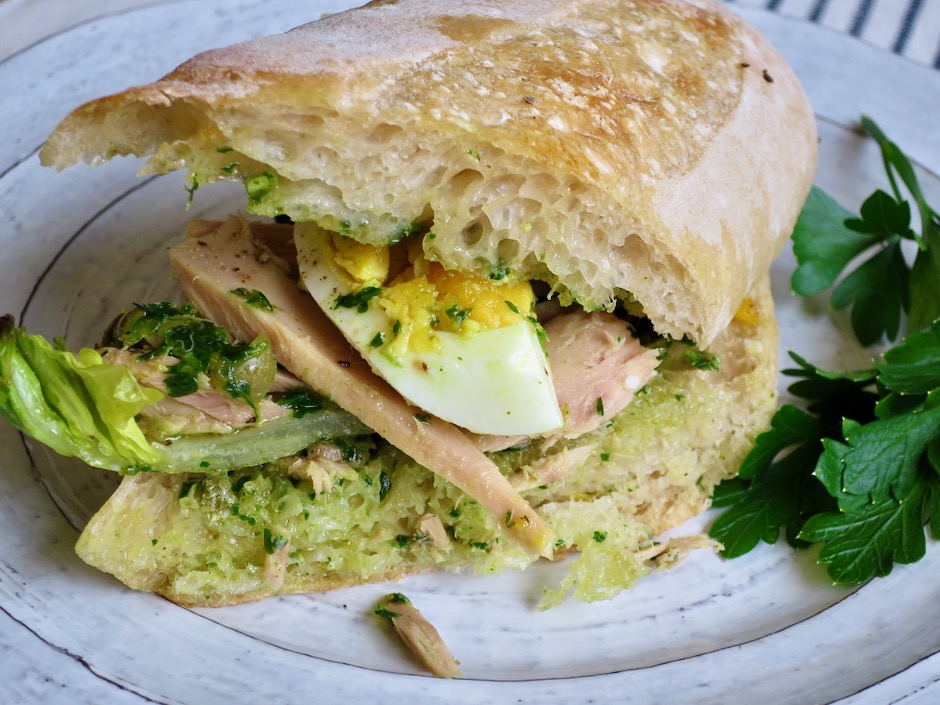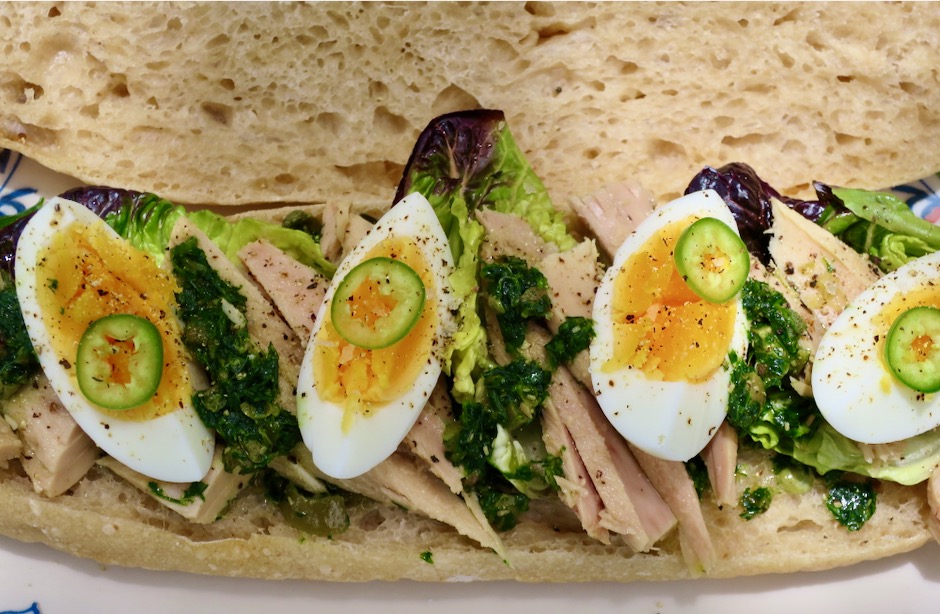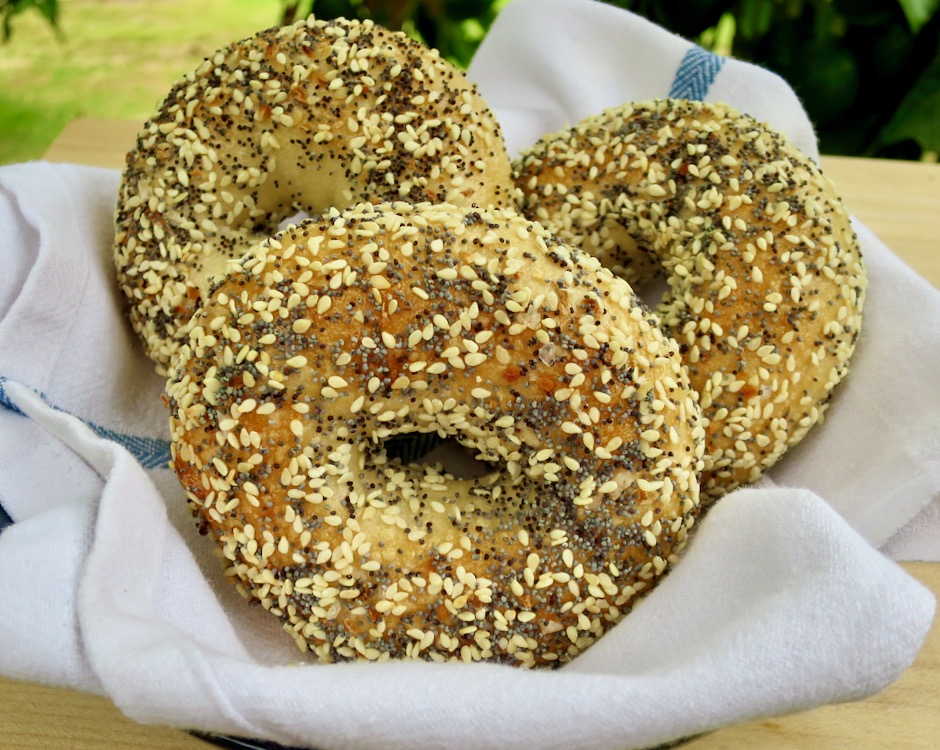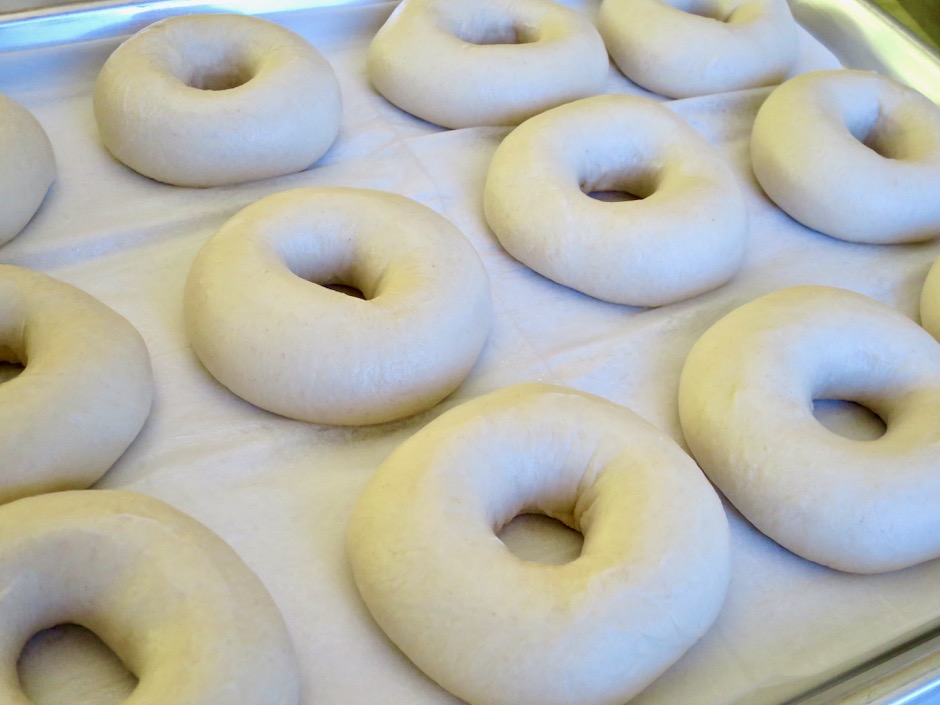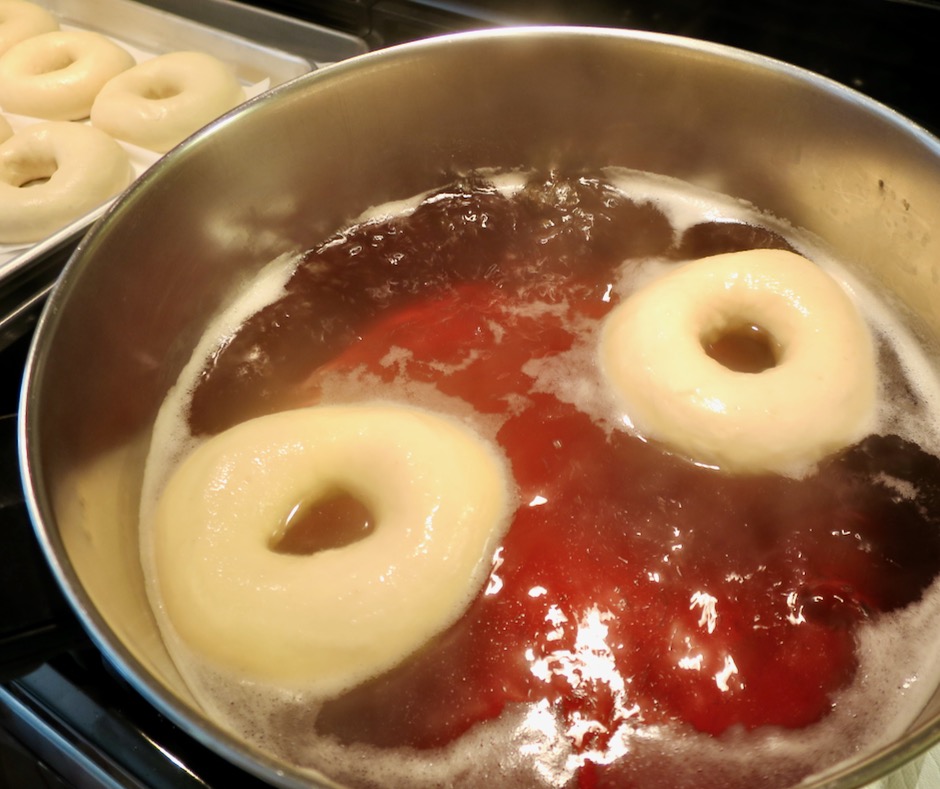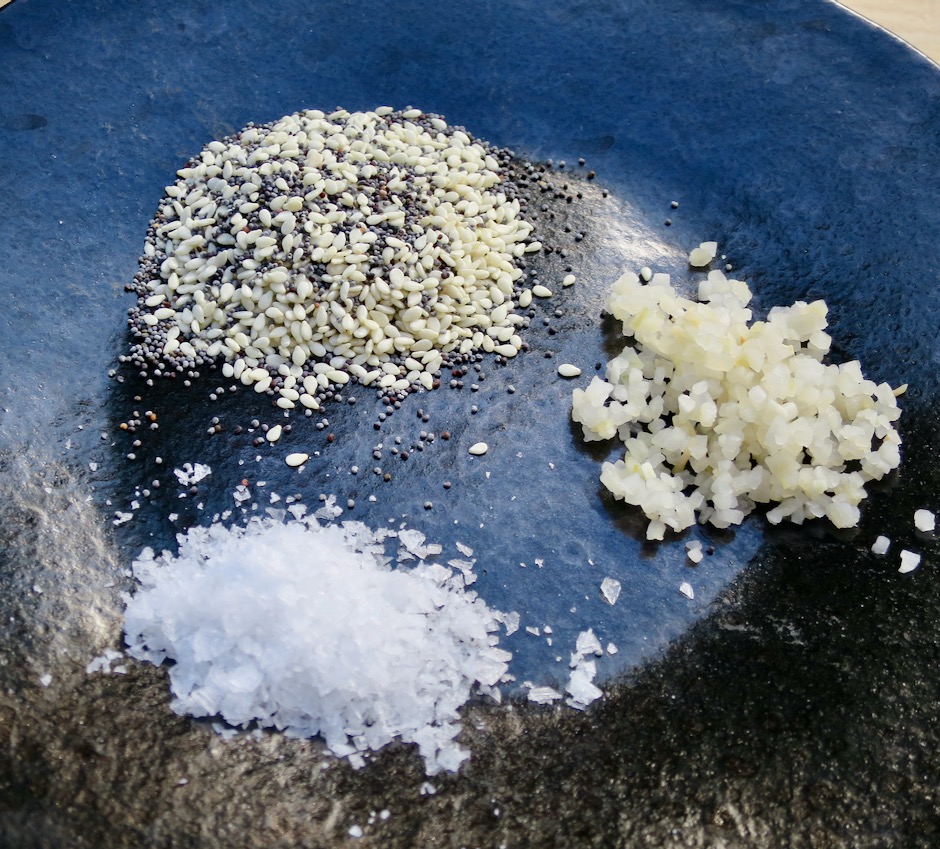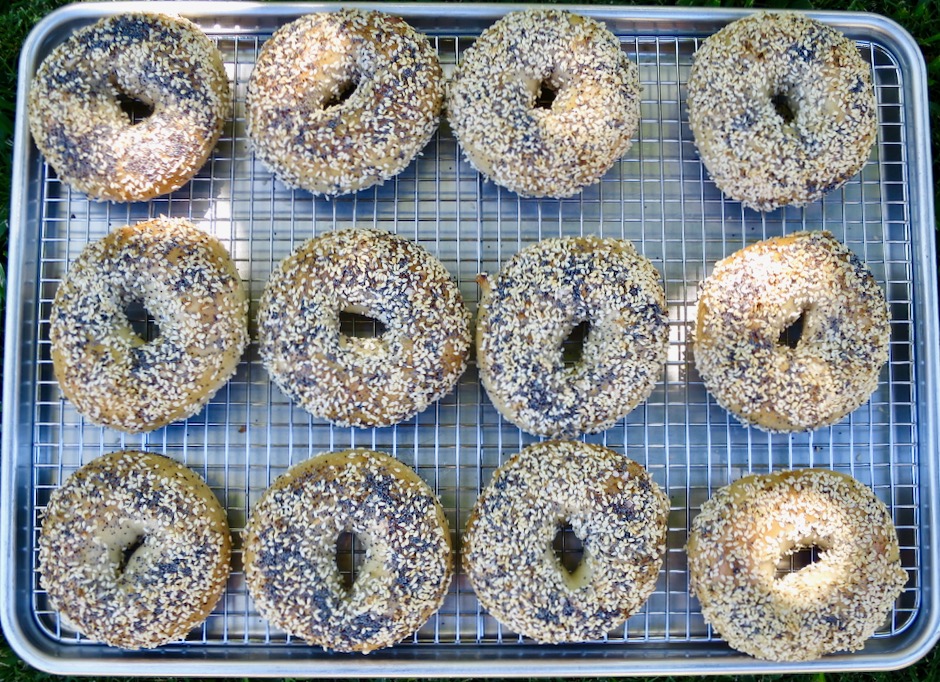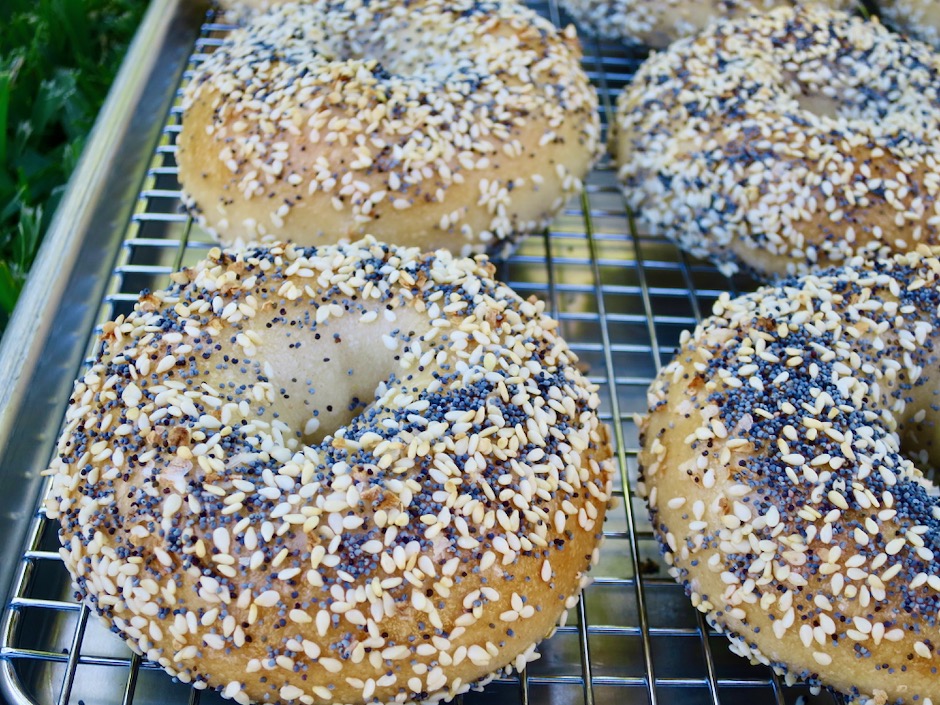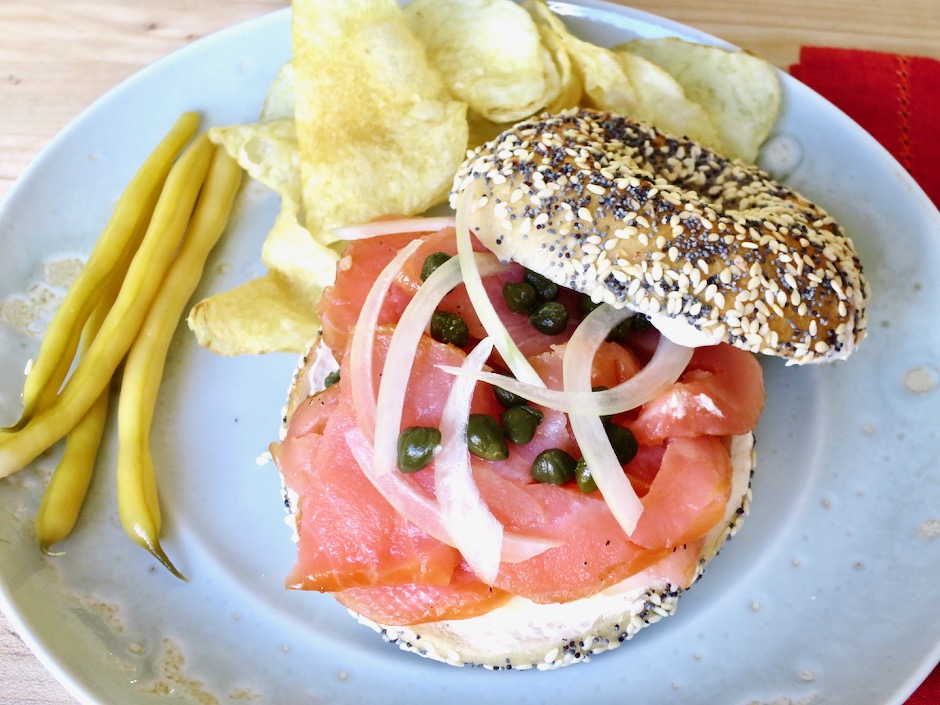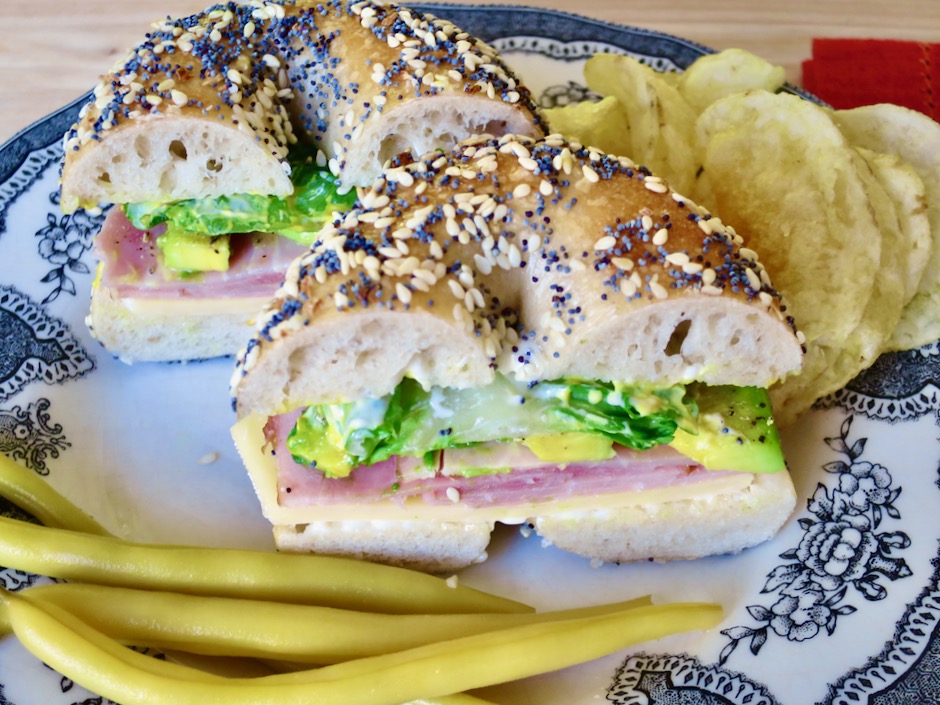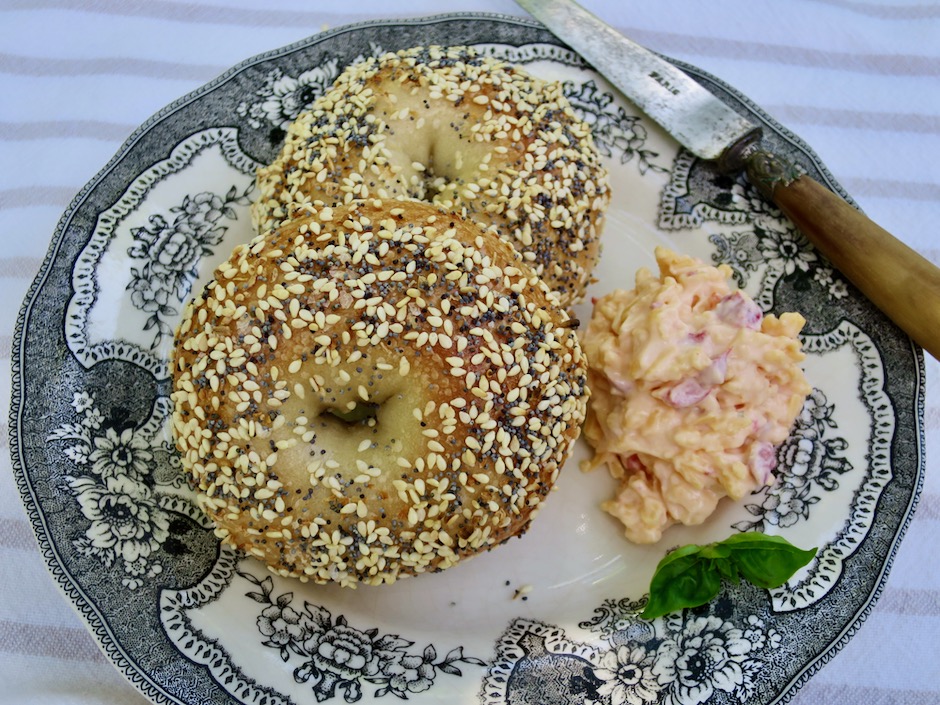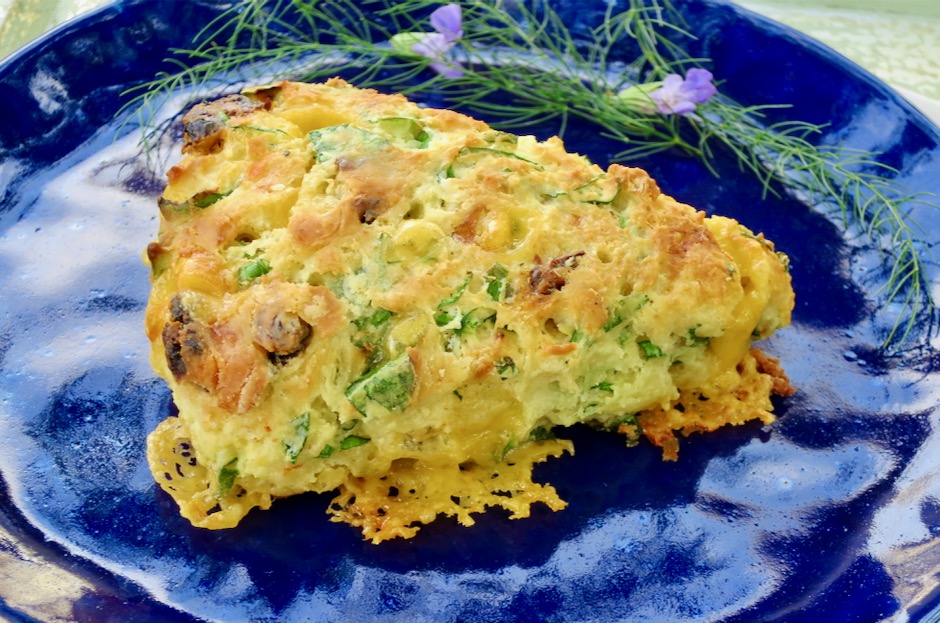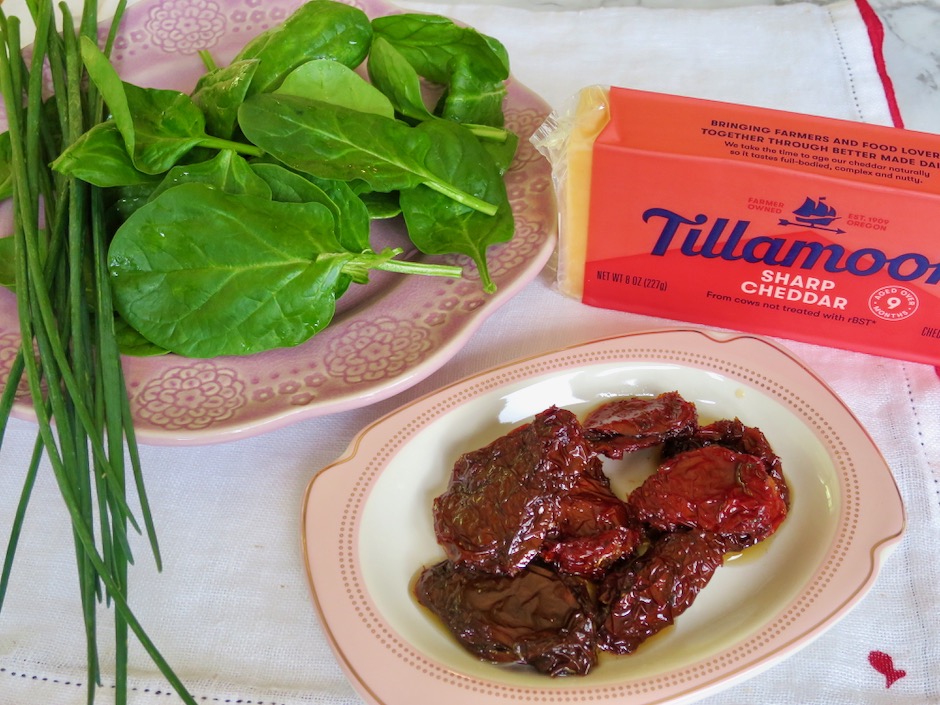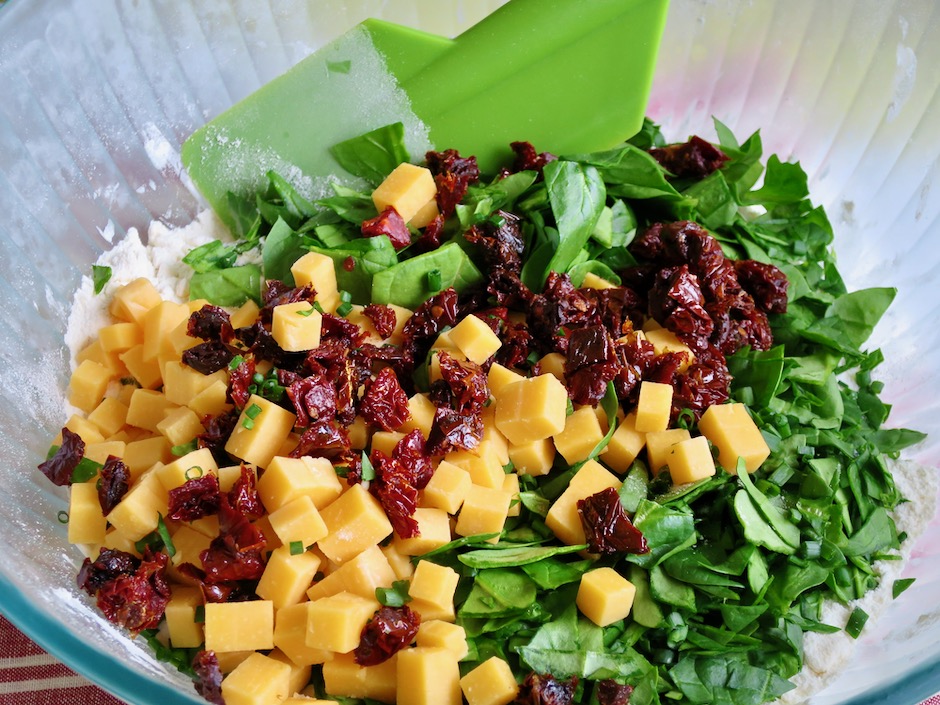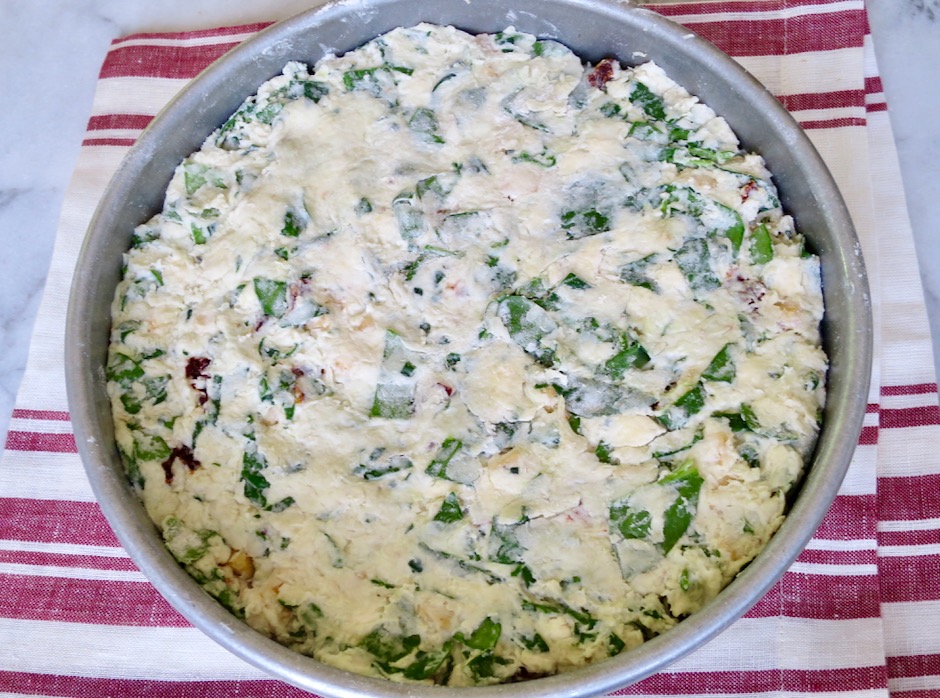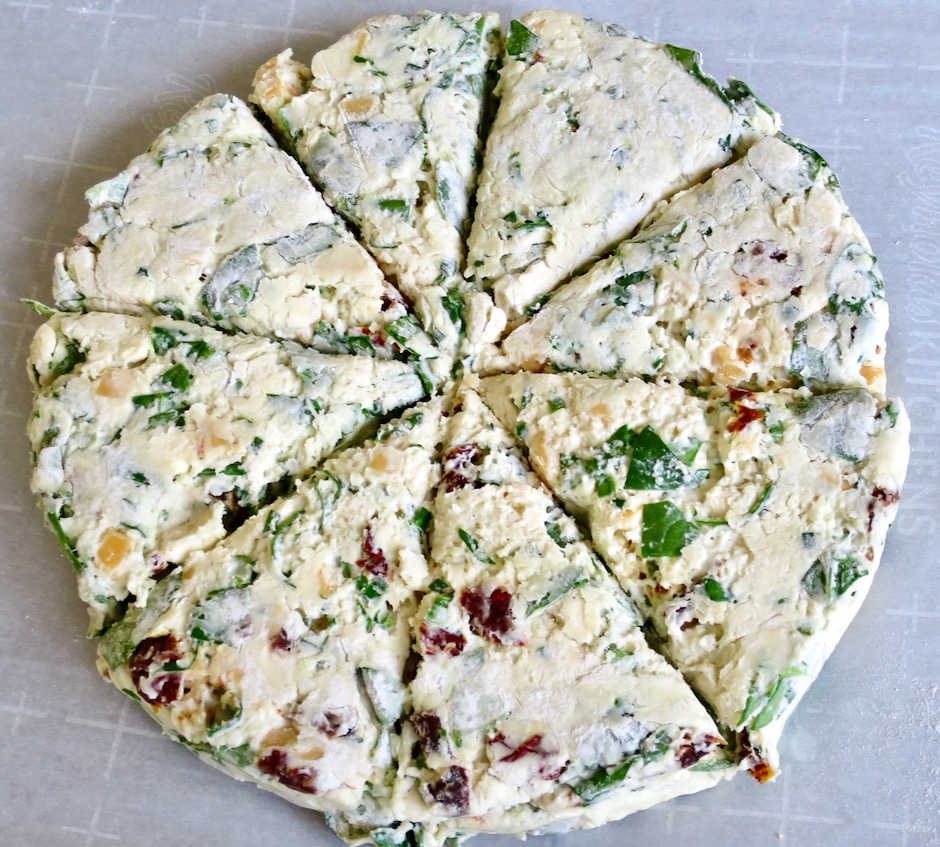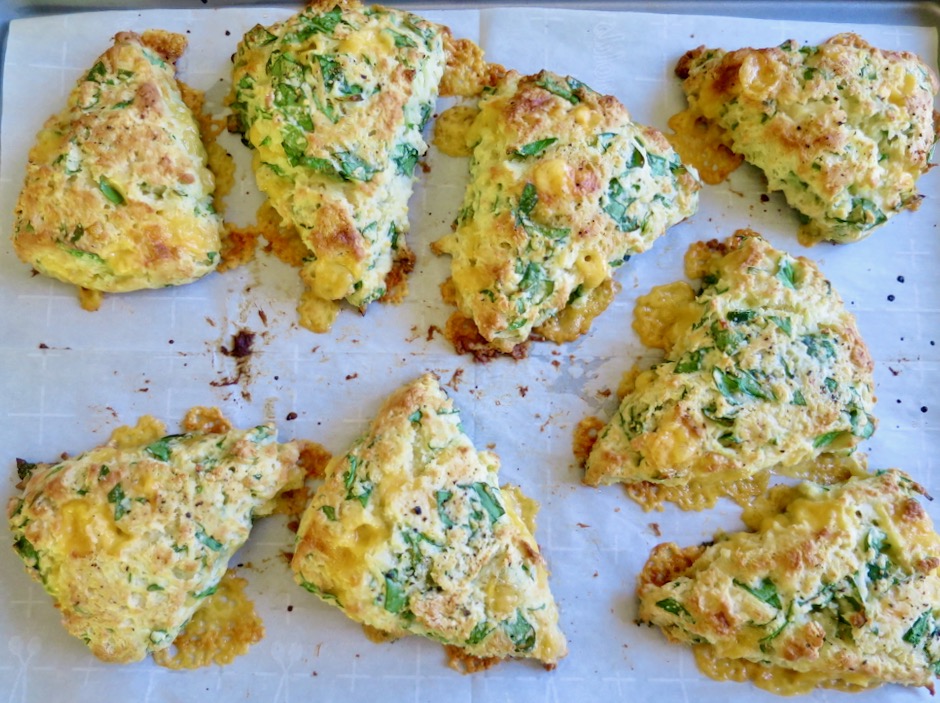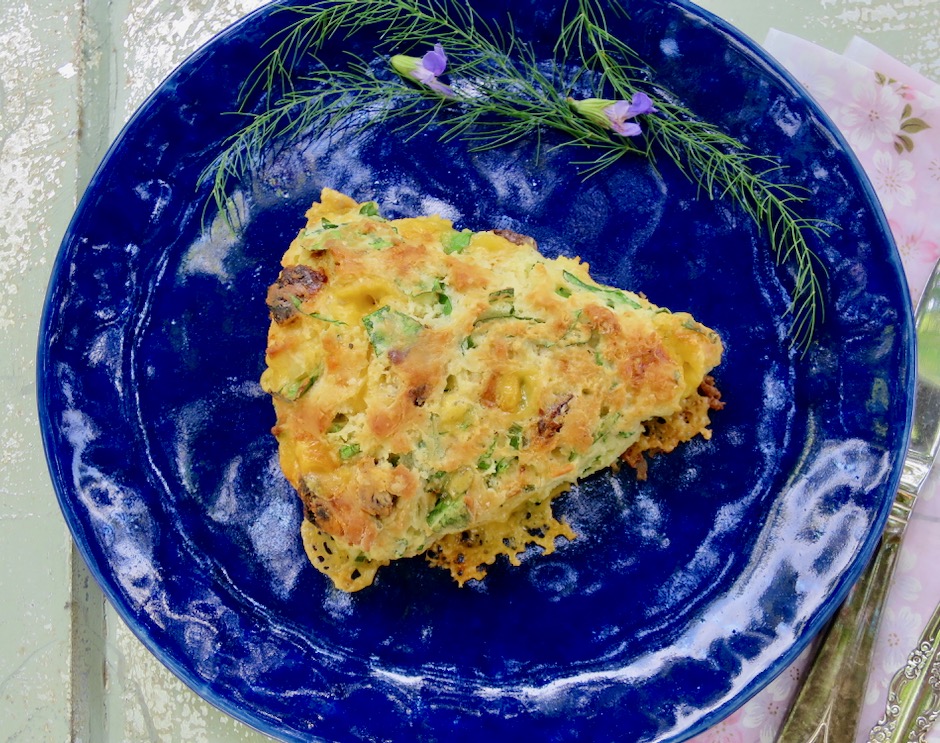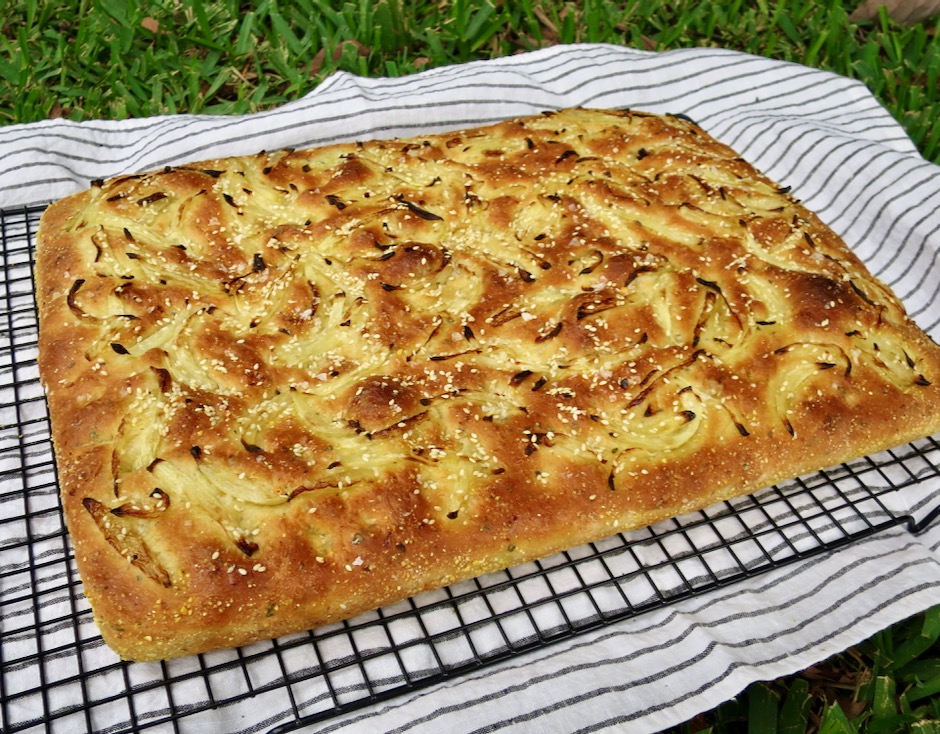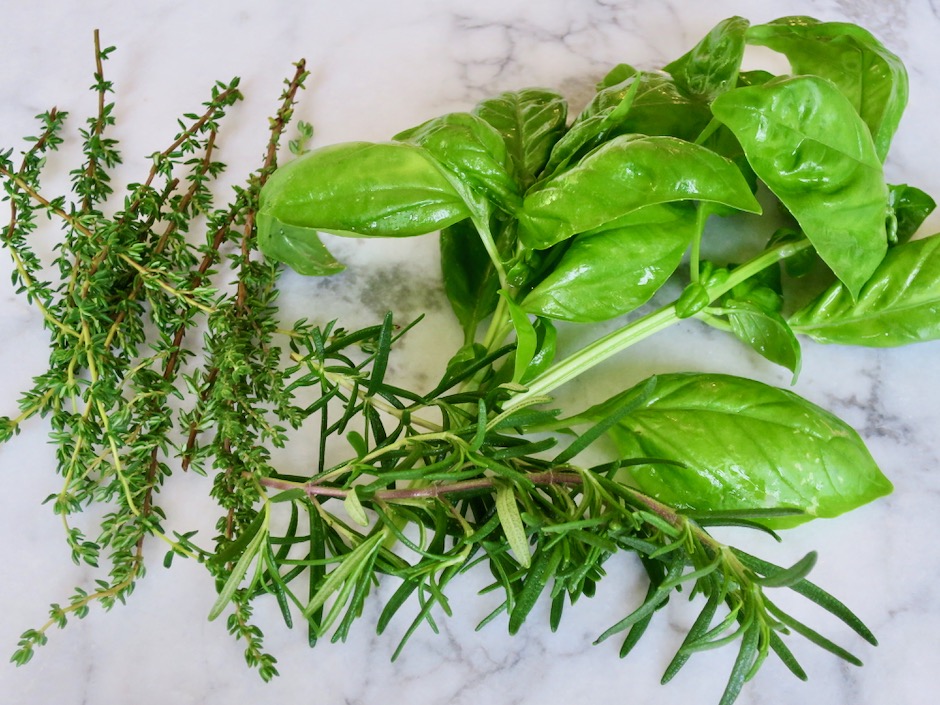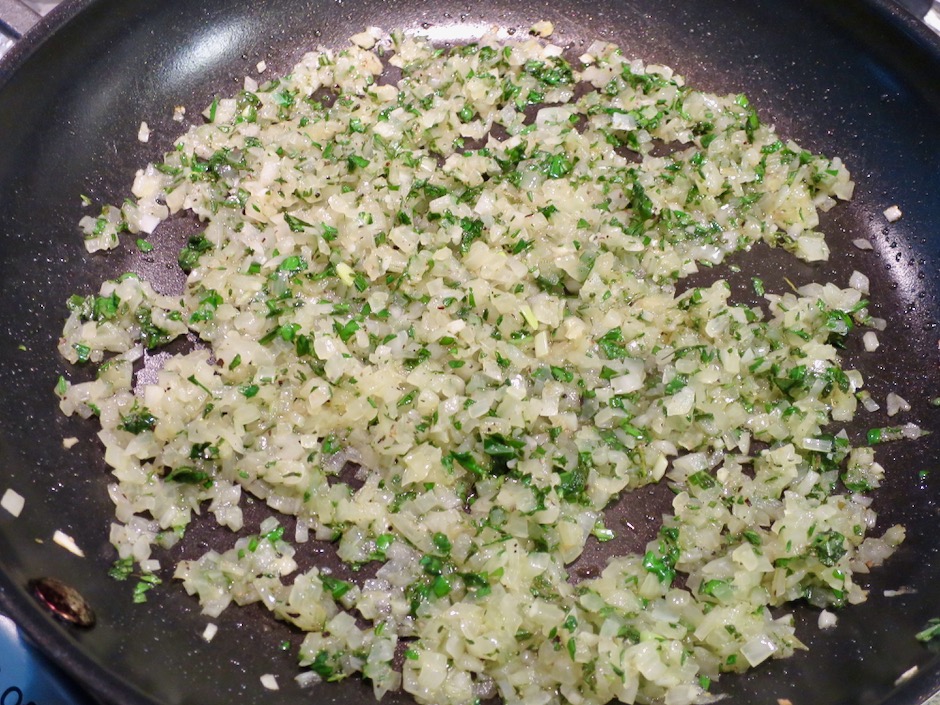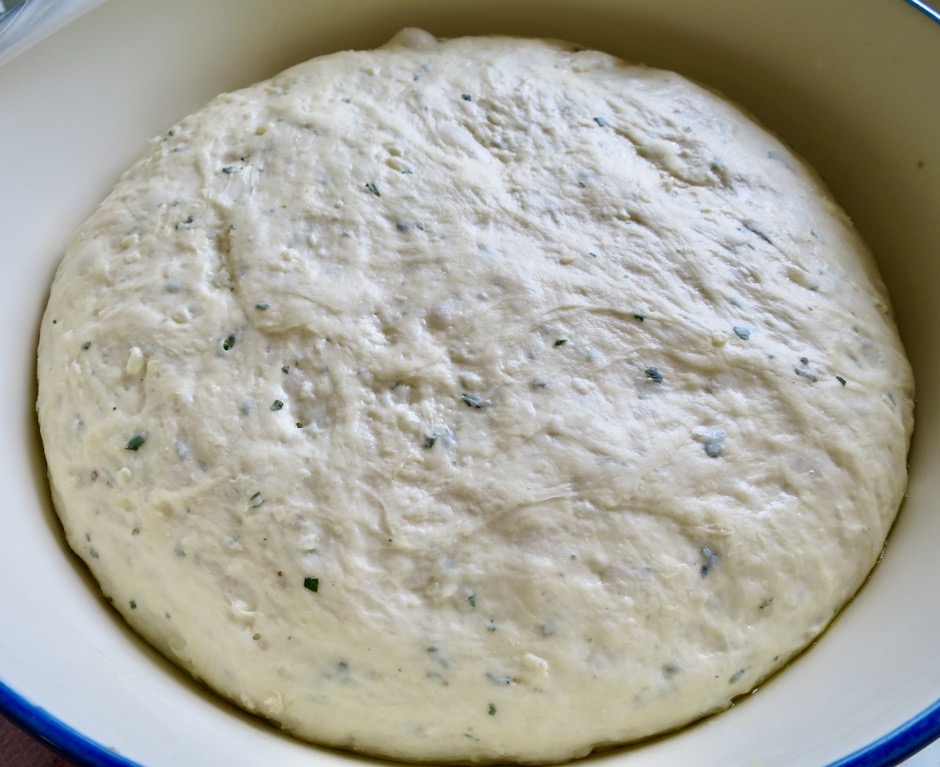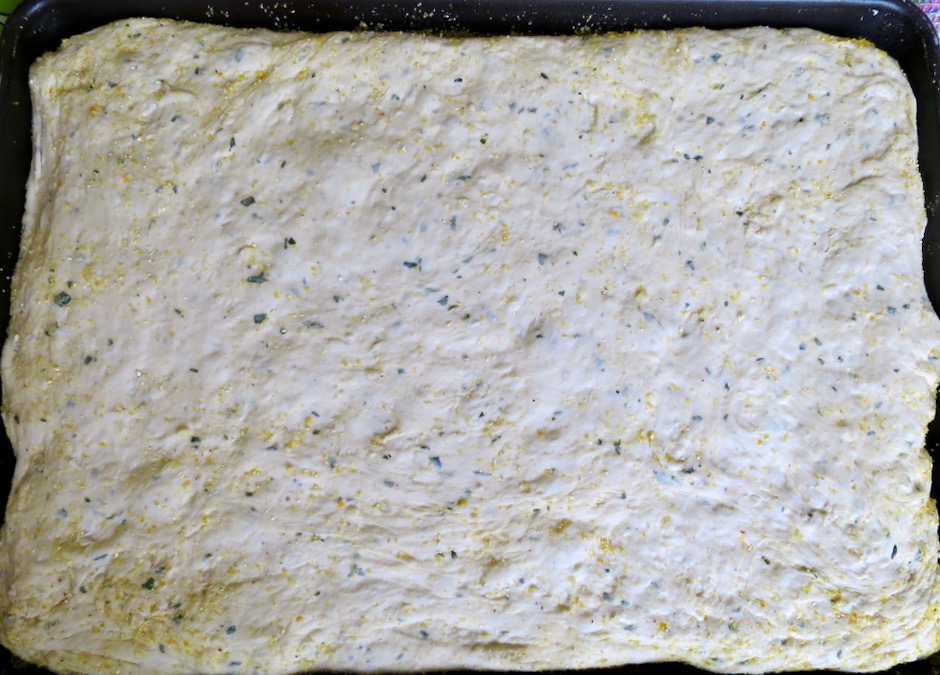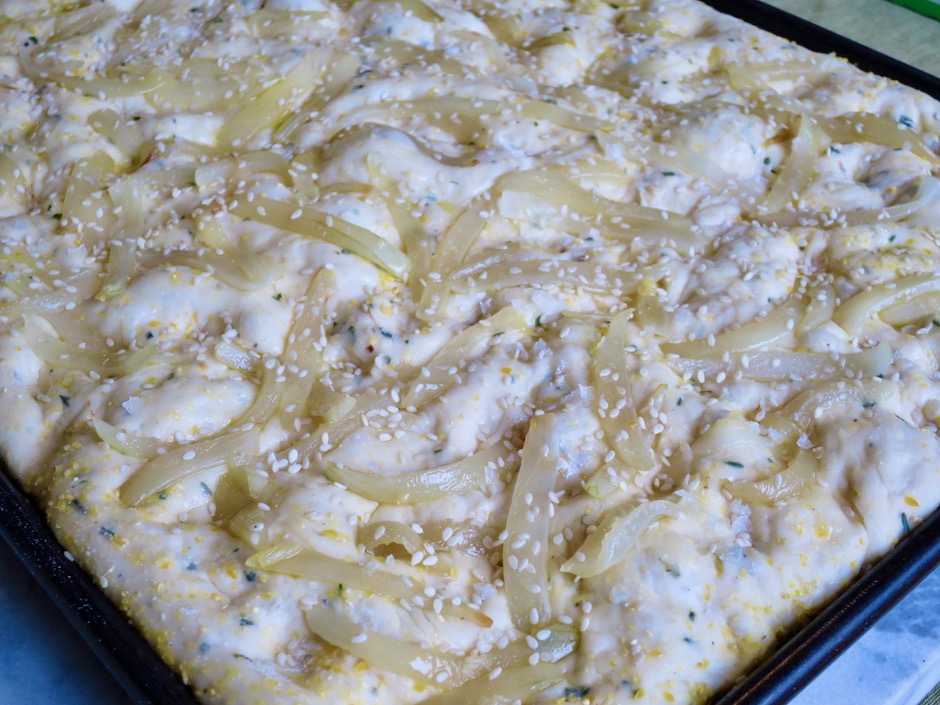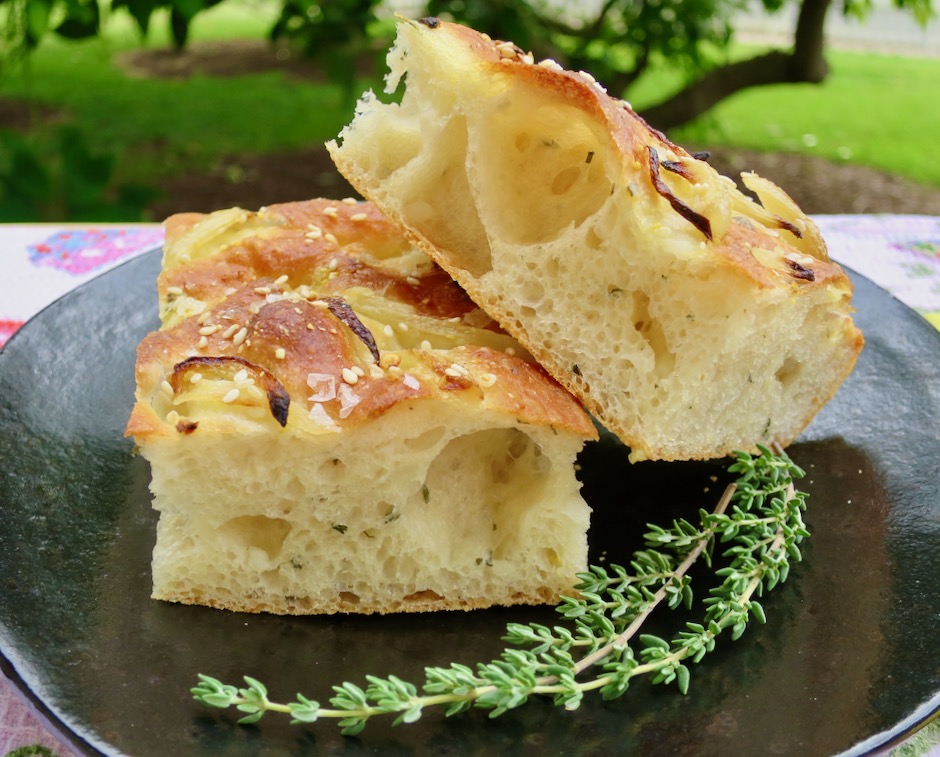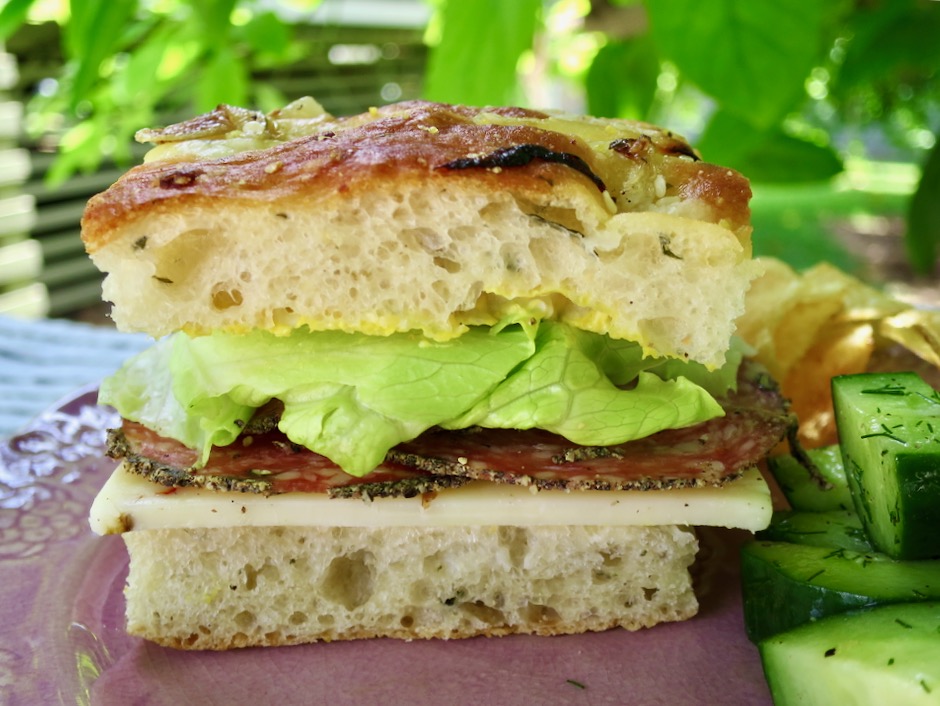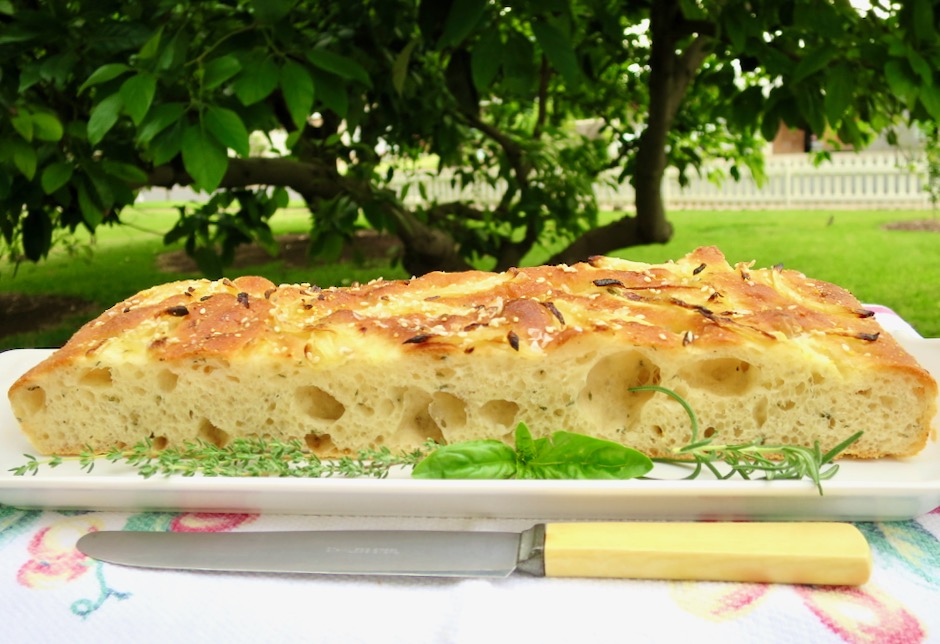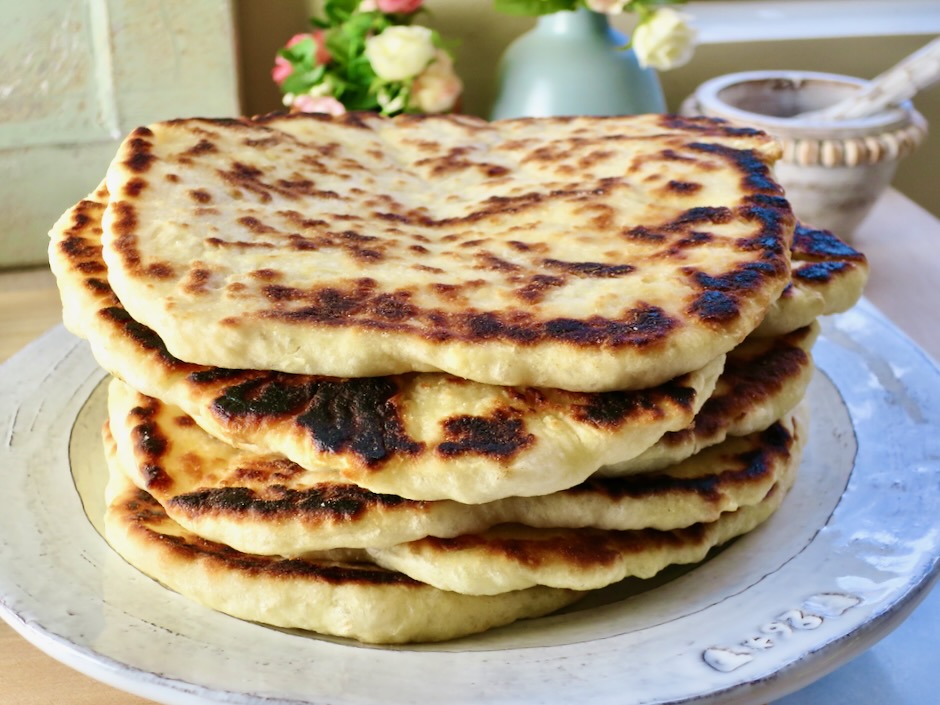
Soft interiors with crisp and charred exteriors, these little flatbreads are excellent topped with avocado, hummus, tuna salad, or simply eaten with a few pats of butter. And, they are very simple to make. For those of you who have never made bread from scratch, do not hesitate to try this recipe. The dough is rustic and very forgiving. The end result is a pillowy, warm and tender bread that fills your house with the aromas of a bakery.
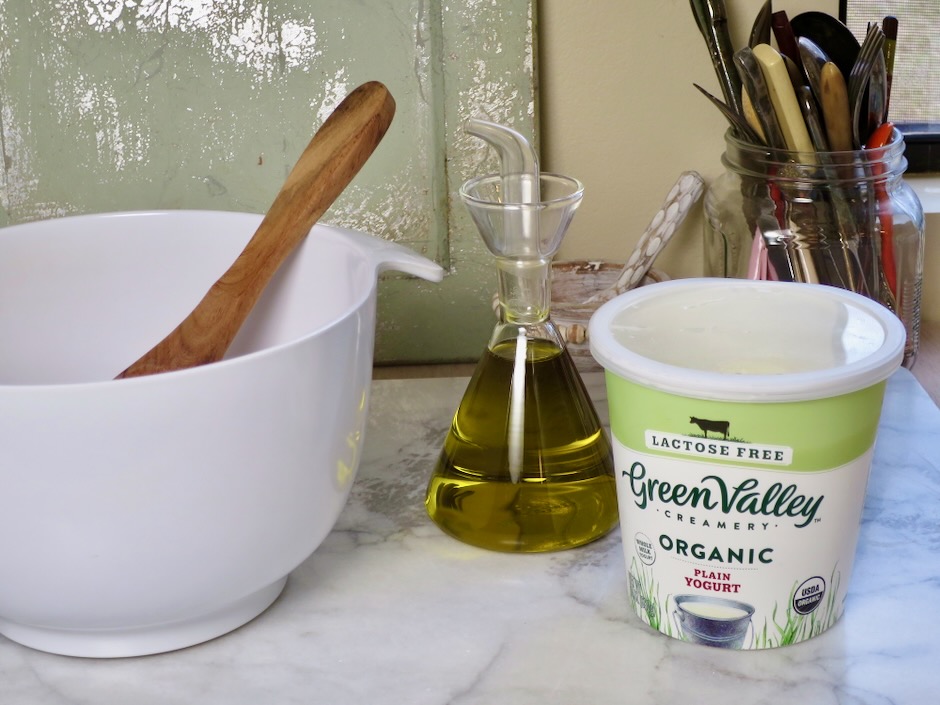
You may need to make a quick visit to the market if you don’t have yogurt or instant yeast on hand, but everything else is likely in your cupboard. For those of us who are lactose intolerant, Green Valley makes terrific whole milk plain yogurt.
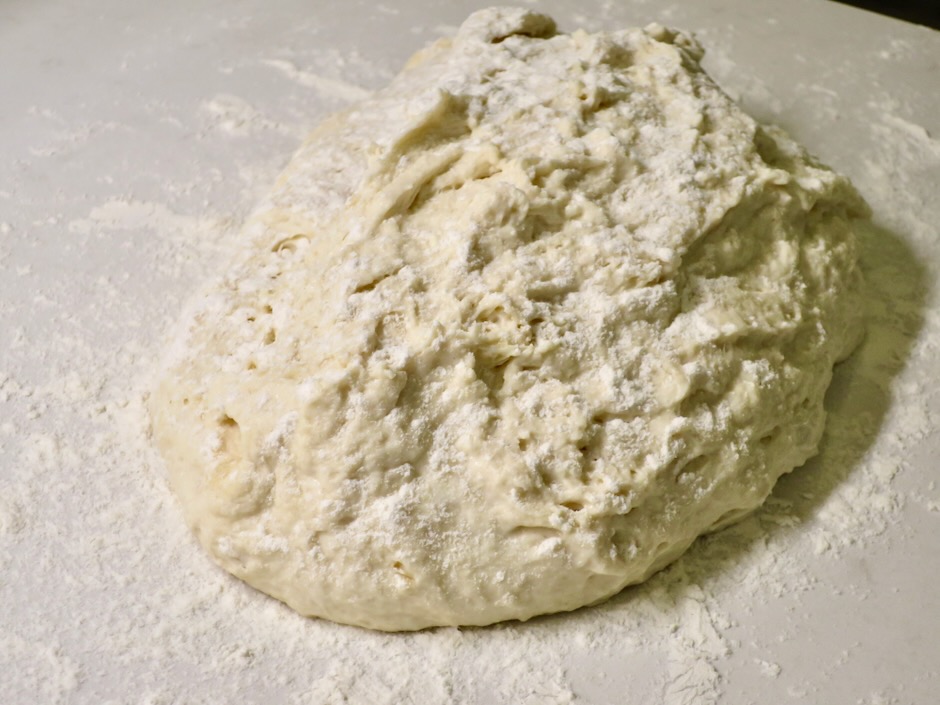
This recipe comes from Bon Appetit magazine. The original recipe calls for turning the dough out onto a lightly floured surface, but I find the dough to be quite wet so I sprinkle a generous amount of flour on my work space and a bit on top of the dough. Otherwise I end up with a sticky mess of dough on my hands when shaping into balls.
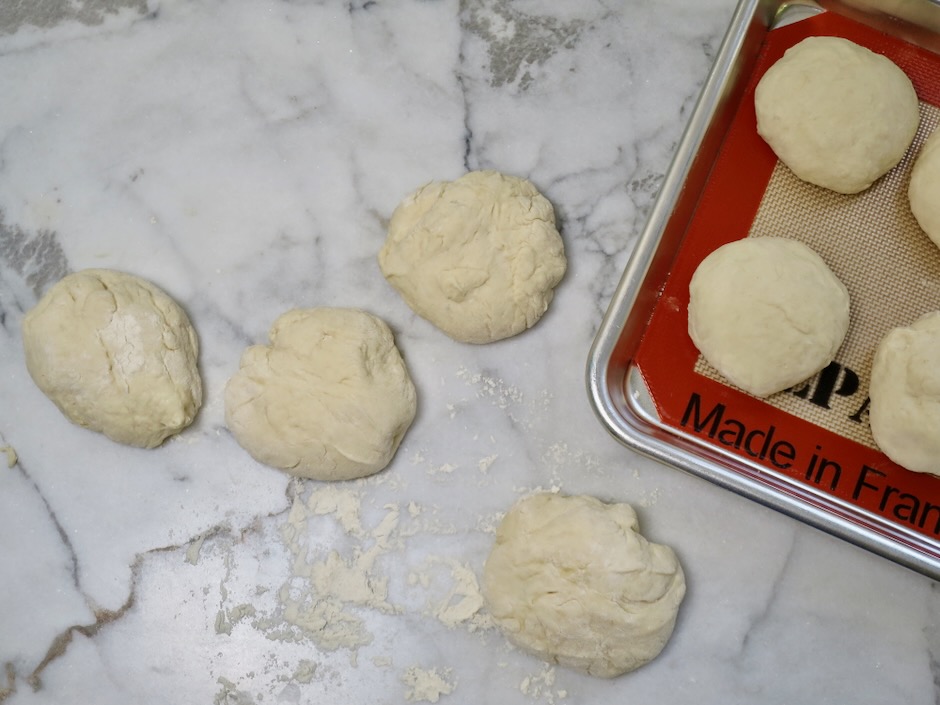
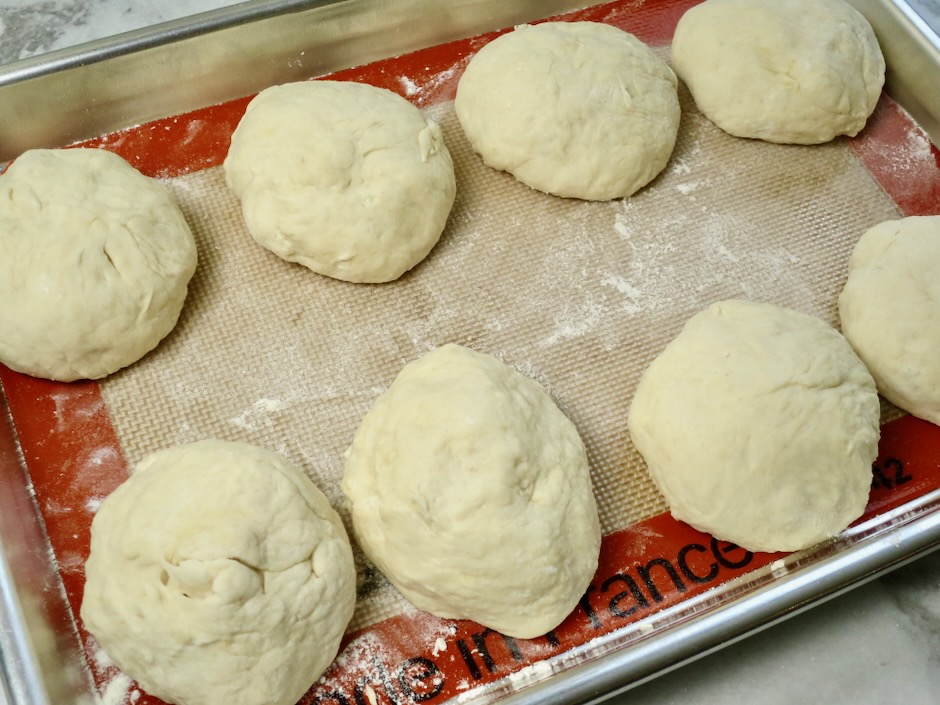
If you have a scale, weigh the dough and divide into equal portions. If you don’t have a scale, divide the dough in half, then divide each half into four equal portions.
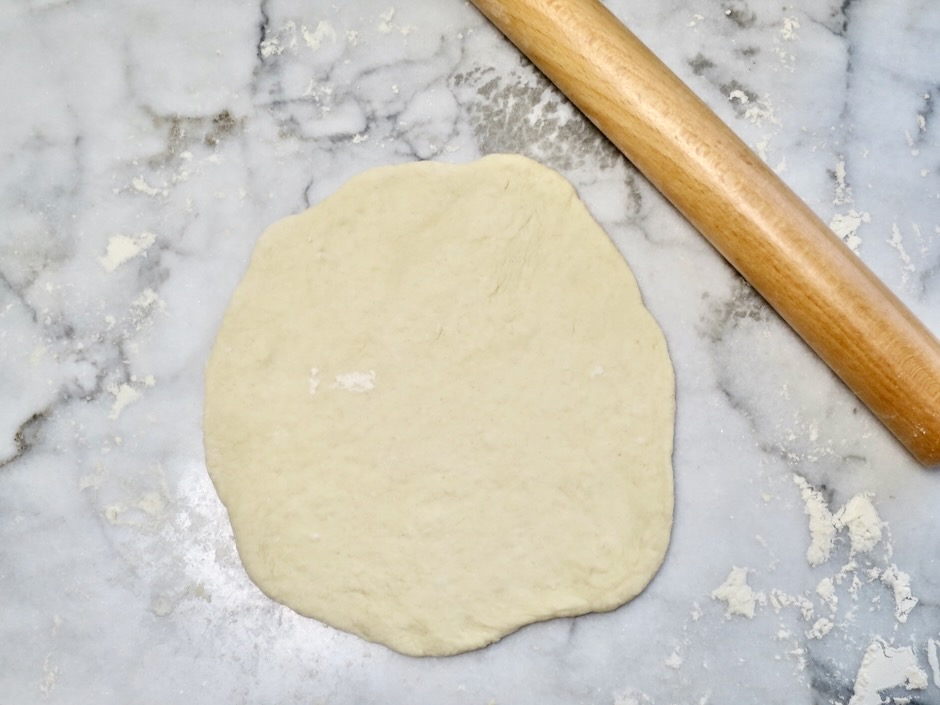
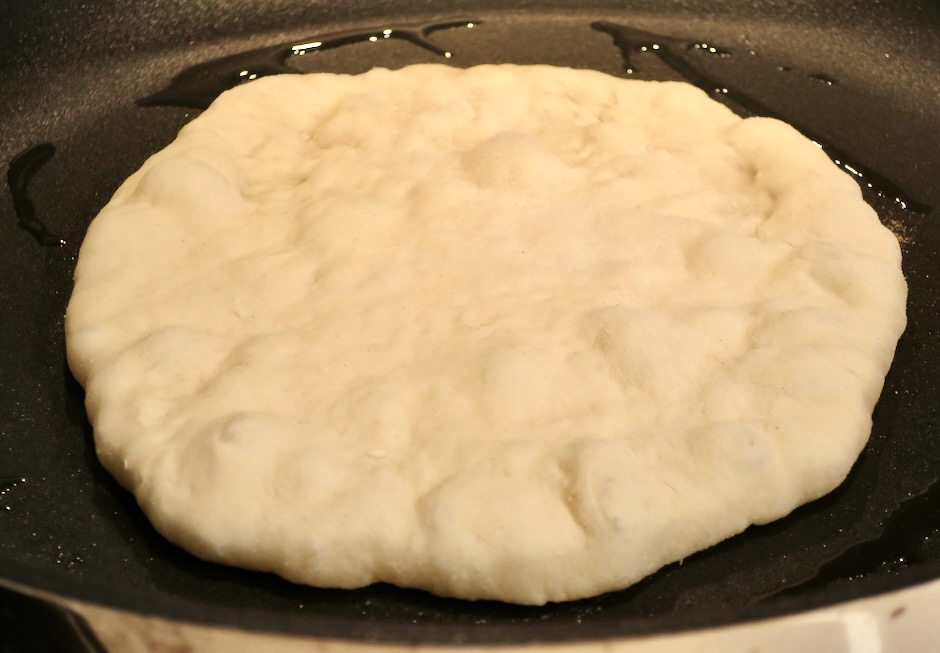
Once your pan is hot, add a teaspoon of olive oil. Add the rolled out dough and wait until bubbles appear on the surface, about 1 minute. Then flip the dough over and cook for another minute. Both sides of the flatbread should have nice brown marks with some charred edges. Remove the flatbread to a plate and wrap with a kitchen towel to keep warm while you cook the rest of the bread.
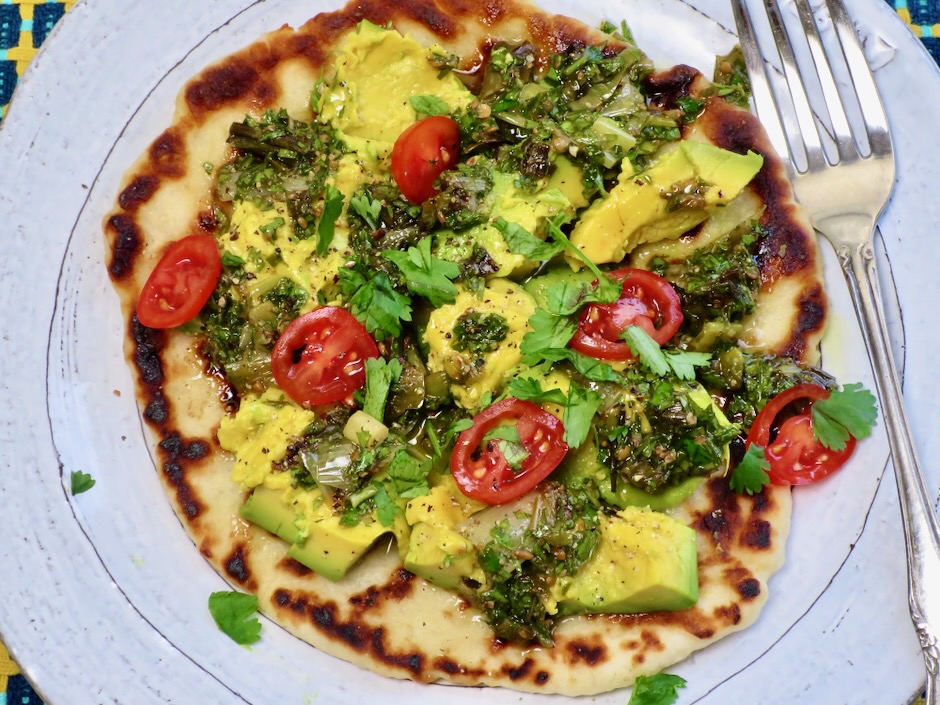
There are many options for flatbread toppings. Avocado, tomatoes and salsa with cilantro makes for a perfect lunch.
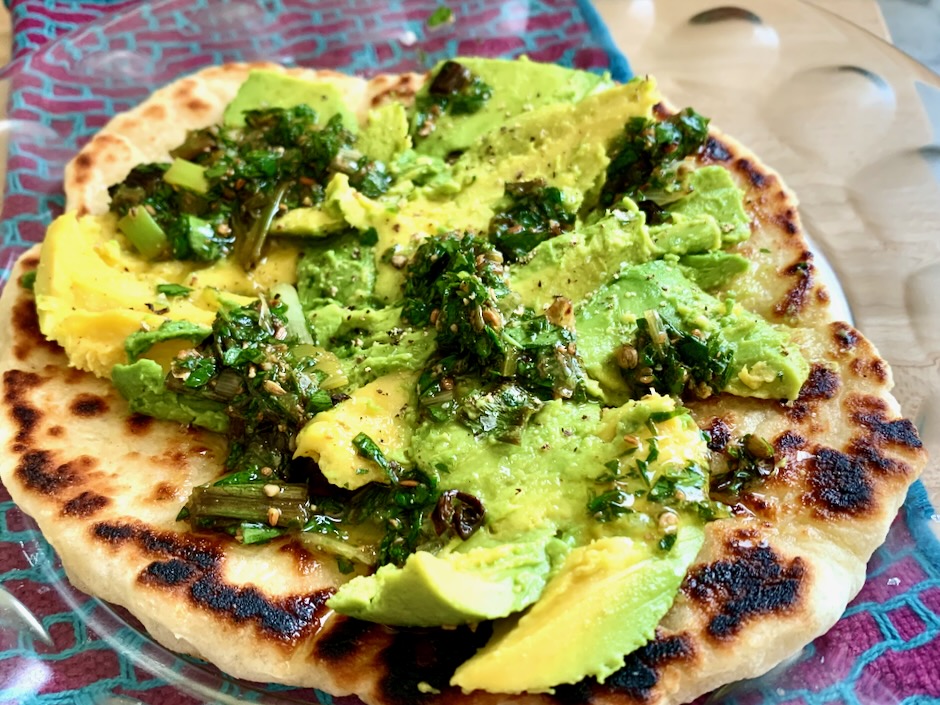
Avocado with scallion salsa comes from the original recipe. The charred scallions add a depth of flavor to the creamy avocado slices.
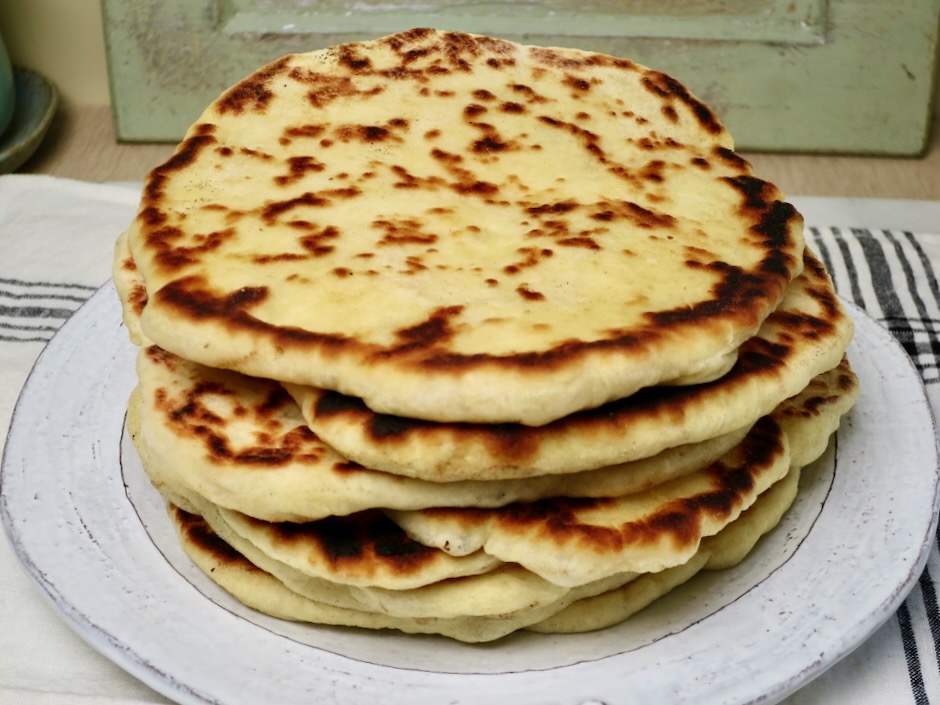
Yogurt Flatbread
8
servingsAdapted from Bon Appetit, this pillowy, soft flatbread can be served with a multitude of toppings. Make a sandwich with tuna salad or ham and cheese, serve it warm with hummus or your favorite dips.
Ingredients
1 1/2 teaspoons granulated sugar
2 1/4 teaspoons instant yeast (or one 1 1/4-ounce packet instant yeast)
2 teaspoons kosher salt (I use Diamond Crystal)
2 1/2 cups (313g) all-purpose flour (King Arthur unbleached all-purpose flour recommended)
2 tablespoons extra virgin olive oil + 8 teaspoons (for cooking bread)
1/2 cup plain whole milk yogurt (I use lactose free yogurt)
Directions
- In a large bowl, whisk together sugar, yeast, salt and flour.
- Combine 2 tablespoons olive oil with 3/4 cup warm water.
- Add water/olive oil mixture and yogurt to flour mixture. Using a wooden spoon or firm spatula, mix together until a shaggy dough forms (don’t worry about any dry or unincorporated bits). Cover bowl with plastic wrap and place in a warm, dry area (I placed my dough in a shaded area on the deck) until it has doubled in size, about 1 hour.
- Turn out dough onto a generously floured surface (lightly floured surface if your dough is not very sticky) and divide into 8 equal pieces. If you have a scale, weigh the dough, otherwise do your best to divide into equal portions. Form dough pieces into balls and roll out into 6-inch rounds about 1/4-inch thick.
- Heat a large non-stick skillet (11-inch skillet works great) over medium-high heat. Once heated, add 1 teaspoon olive oil to pan. Working one at a time, cook flatbread until bubbles appear over the surface, about 1 minute. Flip and cook until cooked through, about 1 more minute. Adjust heat as necessary if too high. Flatbread should have brown spots on both sides with slightly charred edges. Transfer to a plate and wrap with a clean kitchen towel to keep warm. Continue adding 1 teaspoon of olive oil to the pan each time you cook another flatbread.
- Serve warm flatbread with your favorite toppings. Let flatbread cool to room temperature if using with sandwich toppings such as tuna salad, ham and cheese, or other deli items.

